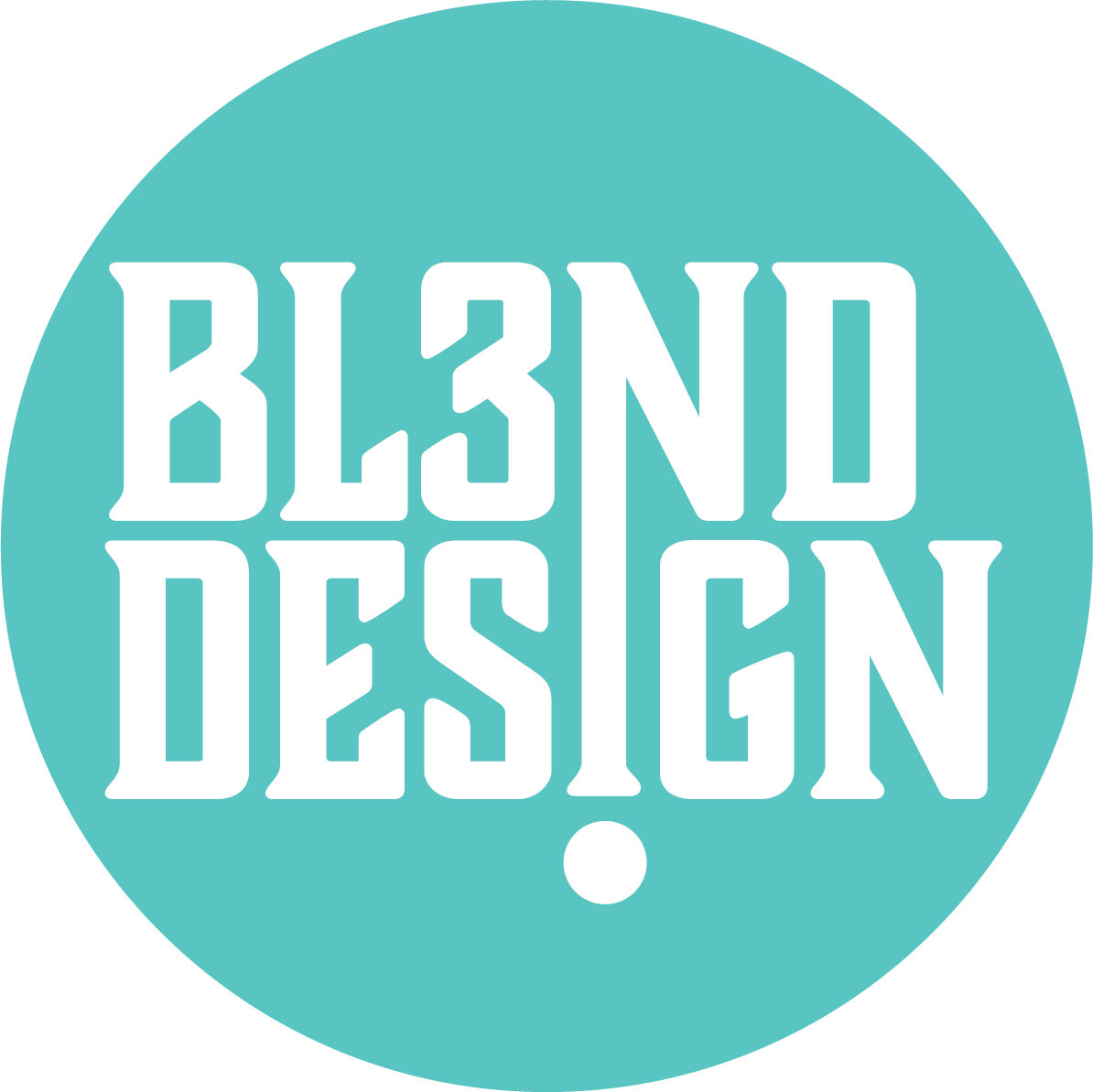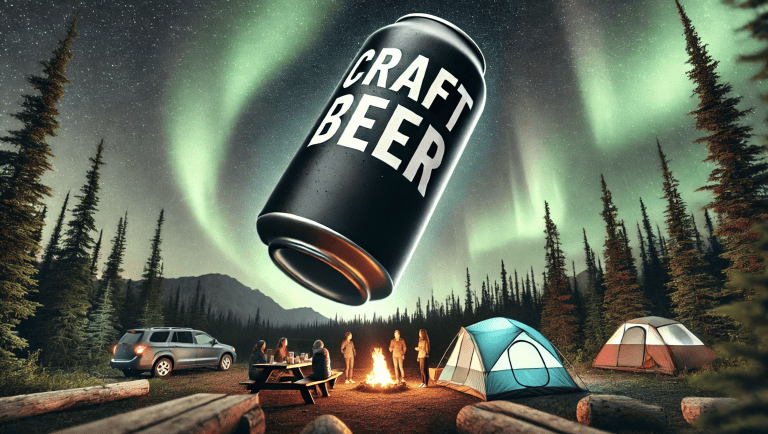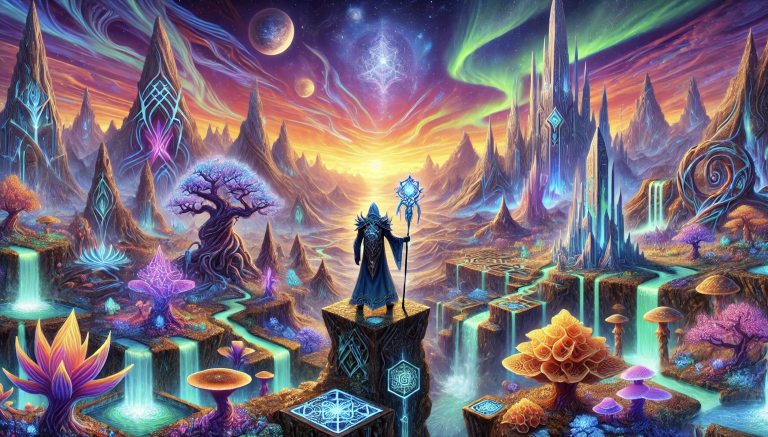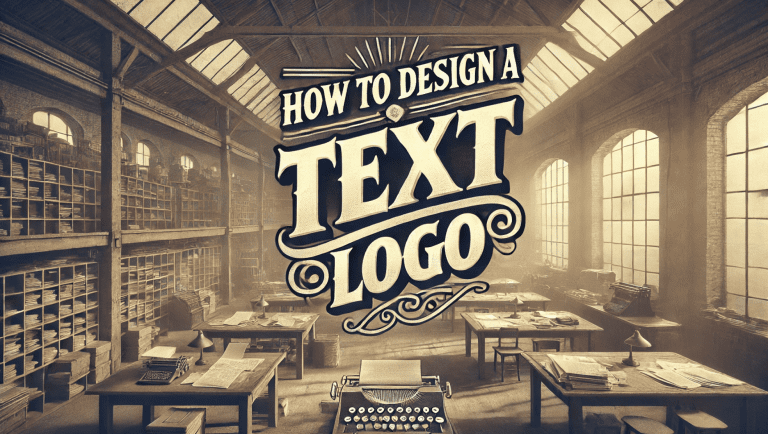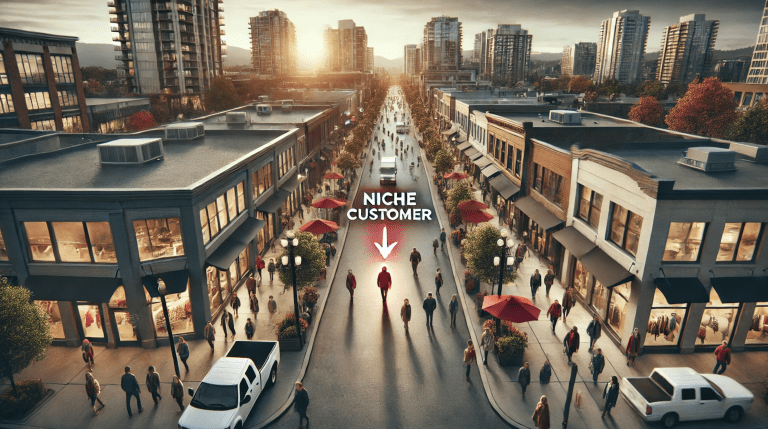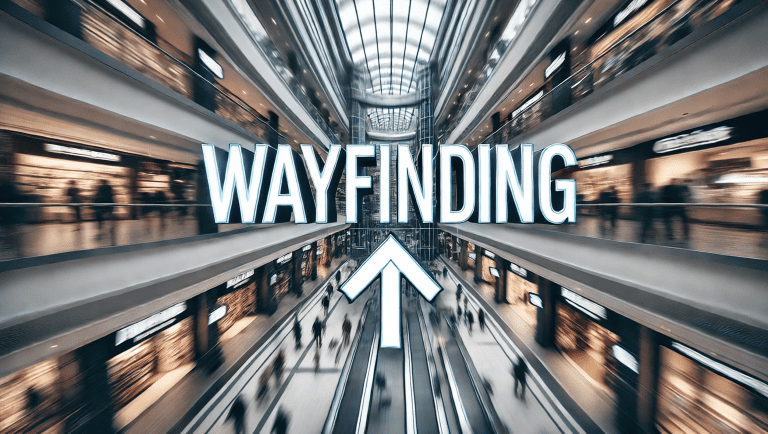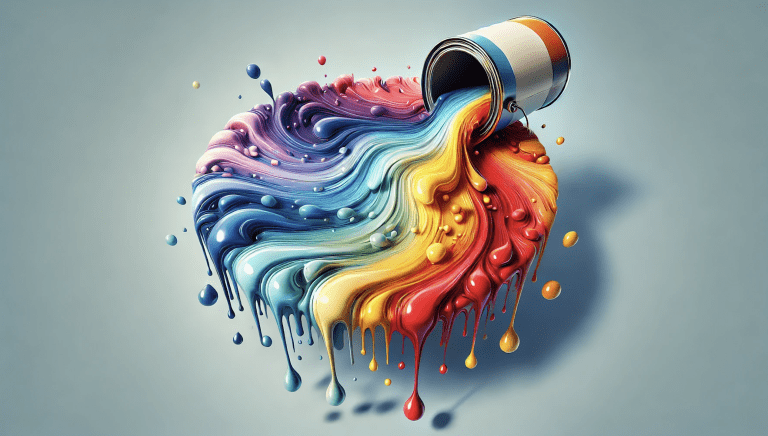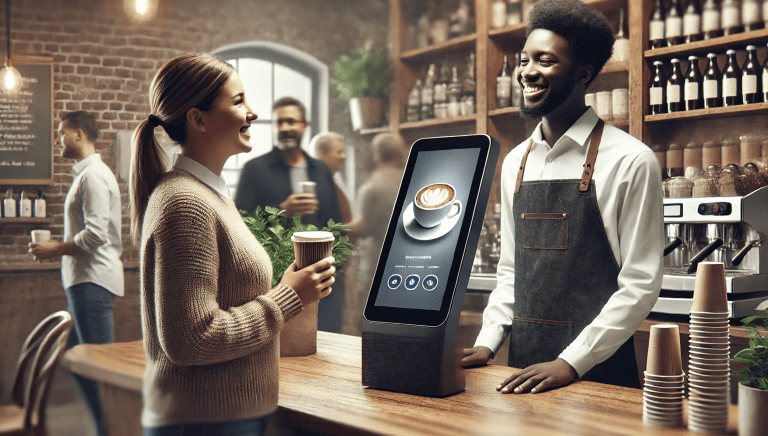Are you searching for a friendly local graphic design agency services company that’s as cool and blended as your favourite smoothie joint? Say hello to Bl3nd Design! We utilize a fusion of marketplace and consumer data, strategic repeatable iteration, design theory, abstract creativity, and 30 years of industry experience, along with a master’s degree in design, to concoct eye-catching designs that will have your rivals green with envy. Whether you need a truly unique, customized logo design, standout brand kit guidelines, social media graphics, vehicle wraps, product packaging, business signage, or any visual communication assets for online or offline marketing and advertising, our team of graphic design mixologists will blend it up just right (on time and on budget). Let’s shake things up and get creative while making an impact for your business, organization, charity, campaign, project, or brand!
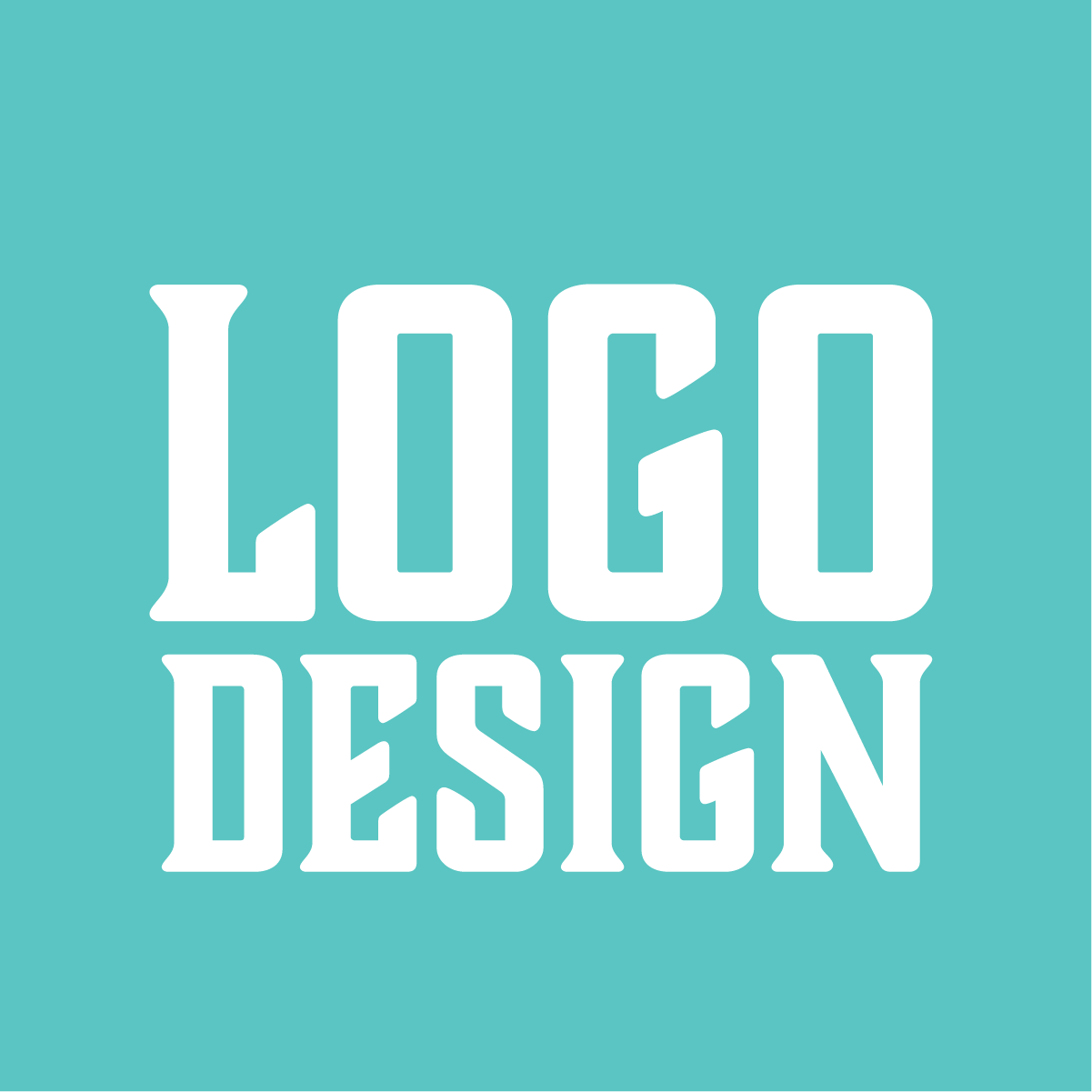
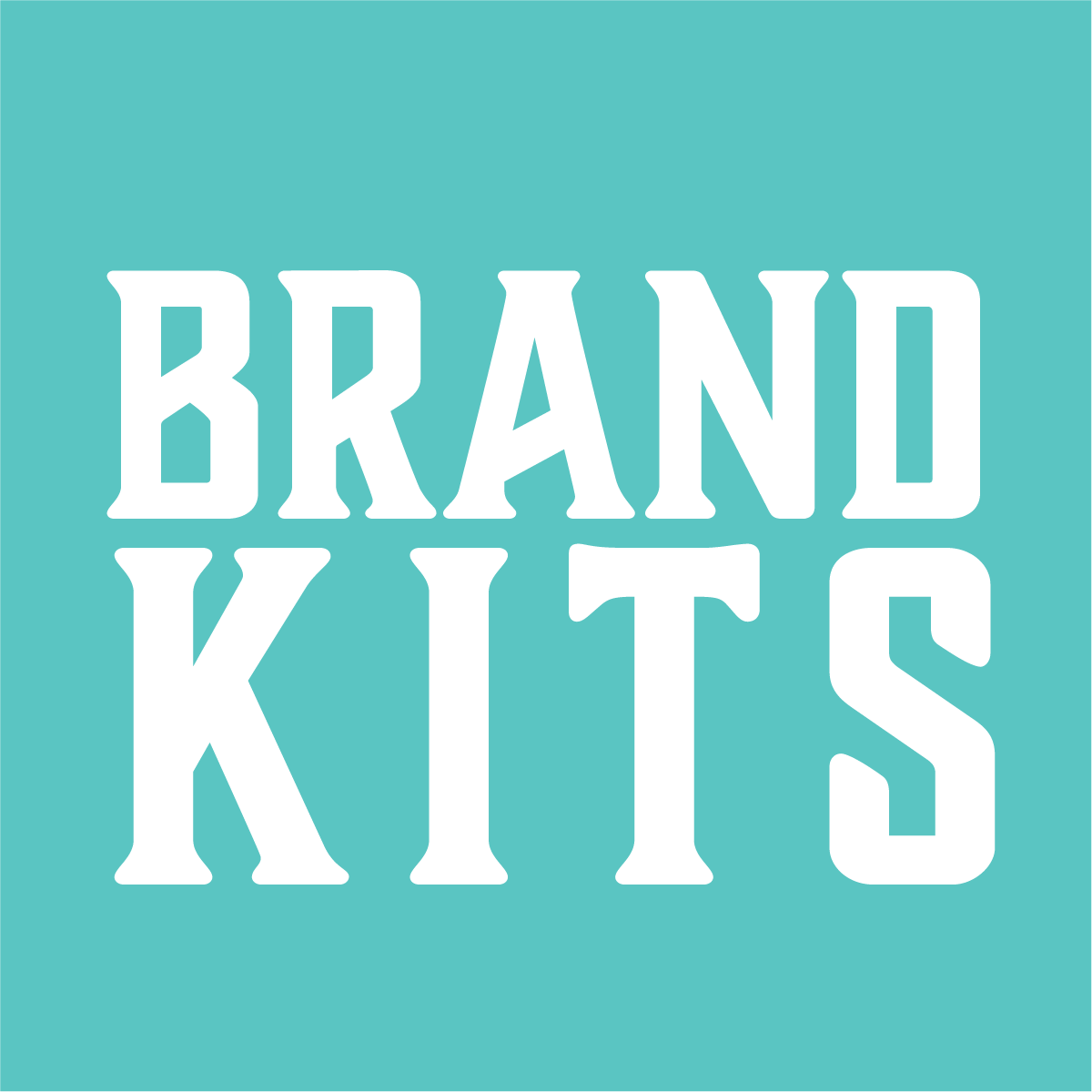
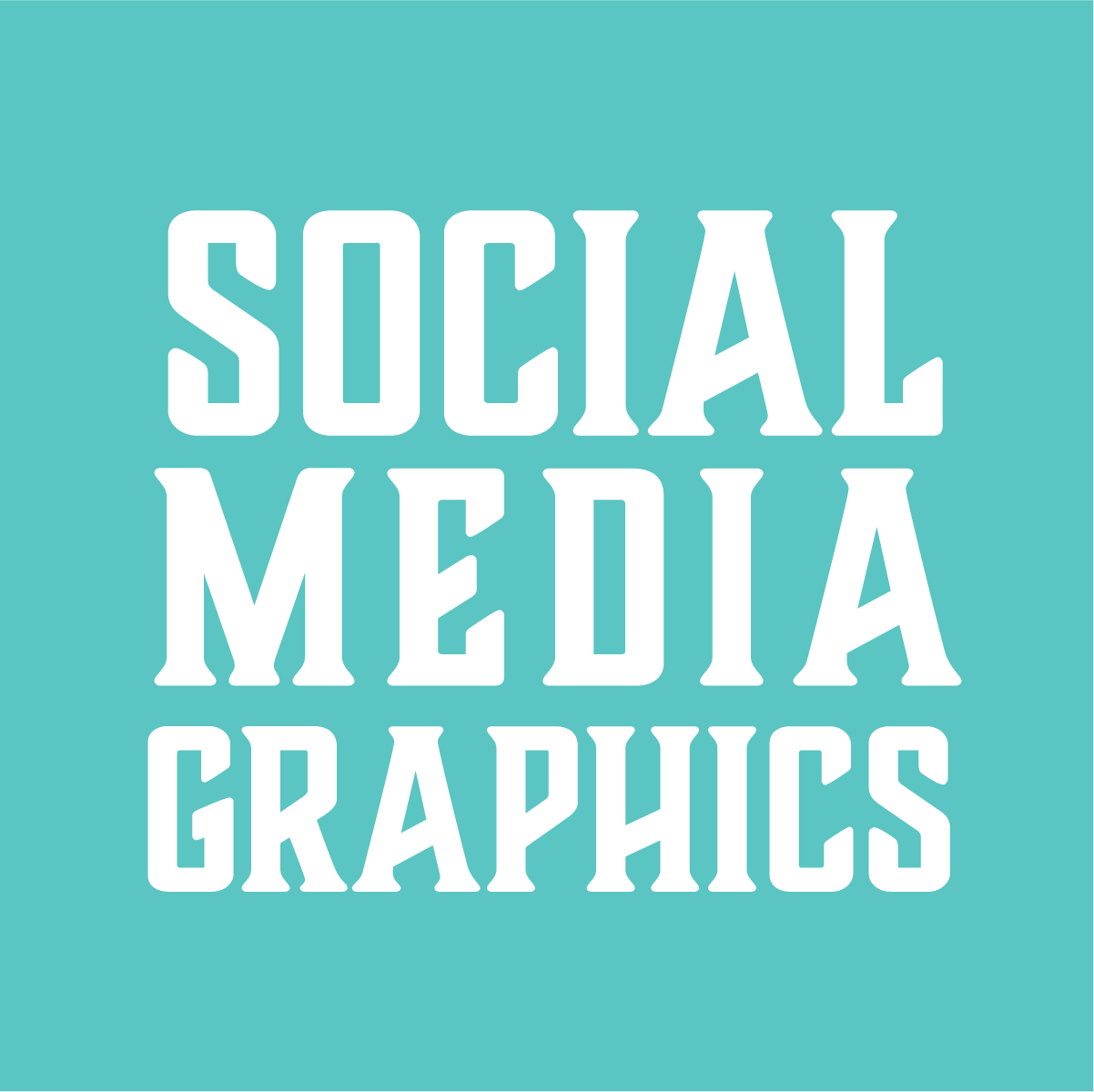


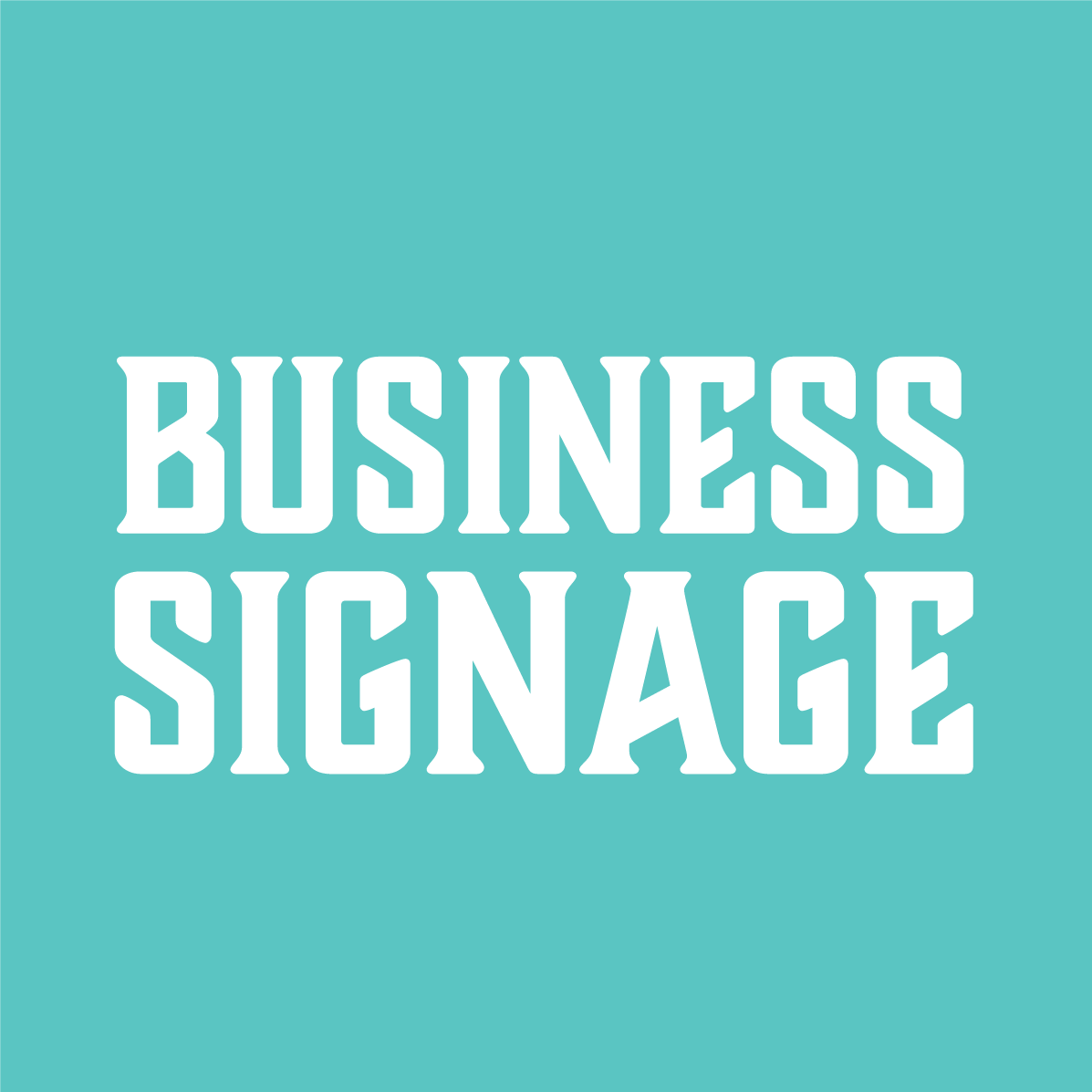
GRAPHIC DESIGN Services
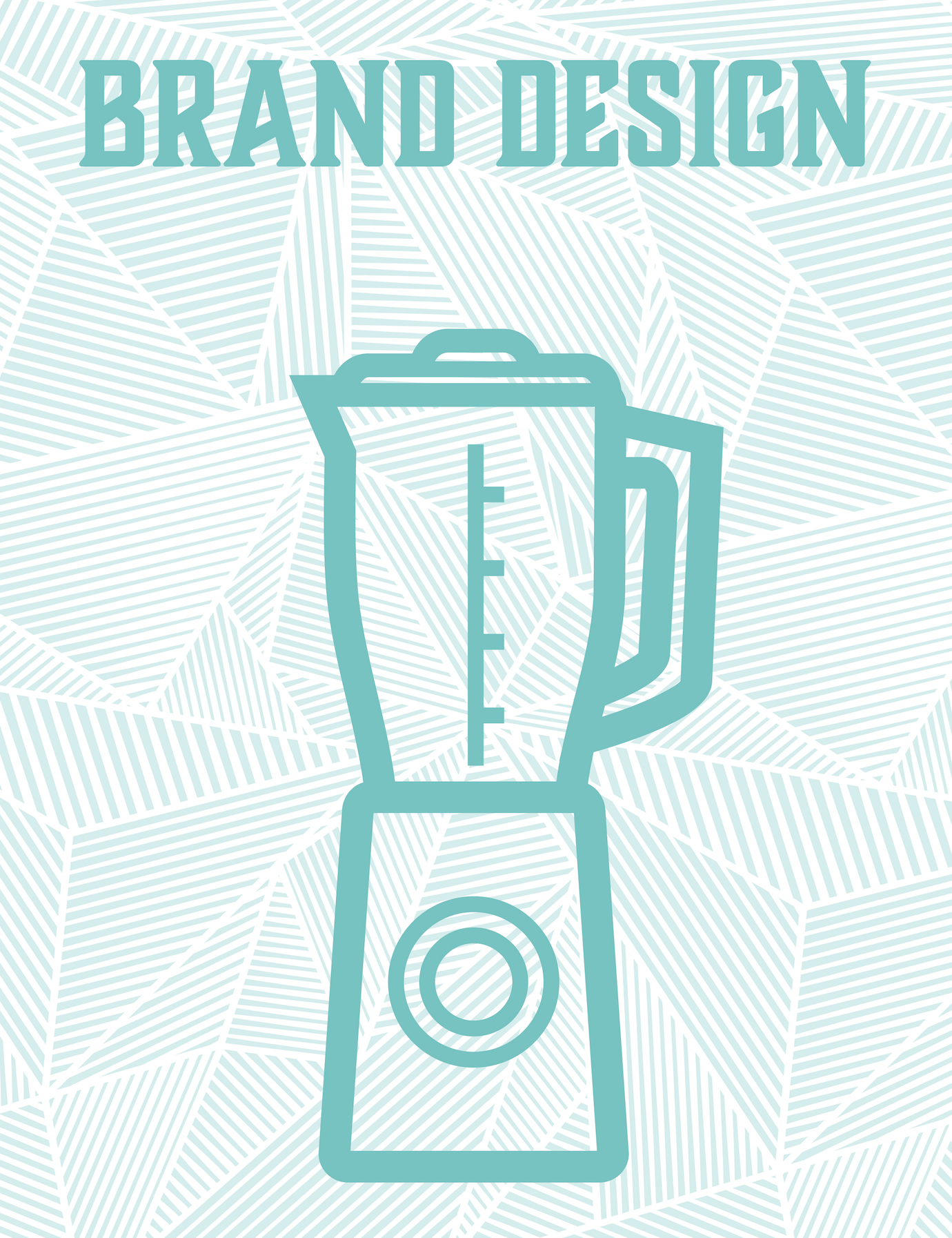
brand design
we work closely with you to understand your business needs, then either create, refine, or renew your brand and how customers interact with it, along with the execution of the assets, we also assist with the brand story and supporting areas, fonts, colors, cultural points of reference and more, your brand and how people view it matters
- Logo design
- Brand design
- Brand kits
- Brand bibles
- Dynamic branding
- Supporting color design
- Intangible branding
- Cultural reference points
- Trademark and IP checks
- Business card design
- Packaging design
- Label design
- Stationery design
- Letterhead design
- Signage design
- Billboard design
- Vehicle wraps and decals
- Typography and fonts
- Calligraphy
- Custom fonts
- Credit cards
- Debit cards
- Trade show booths
- Trade show banners
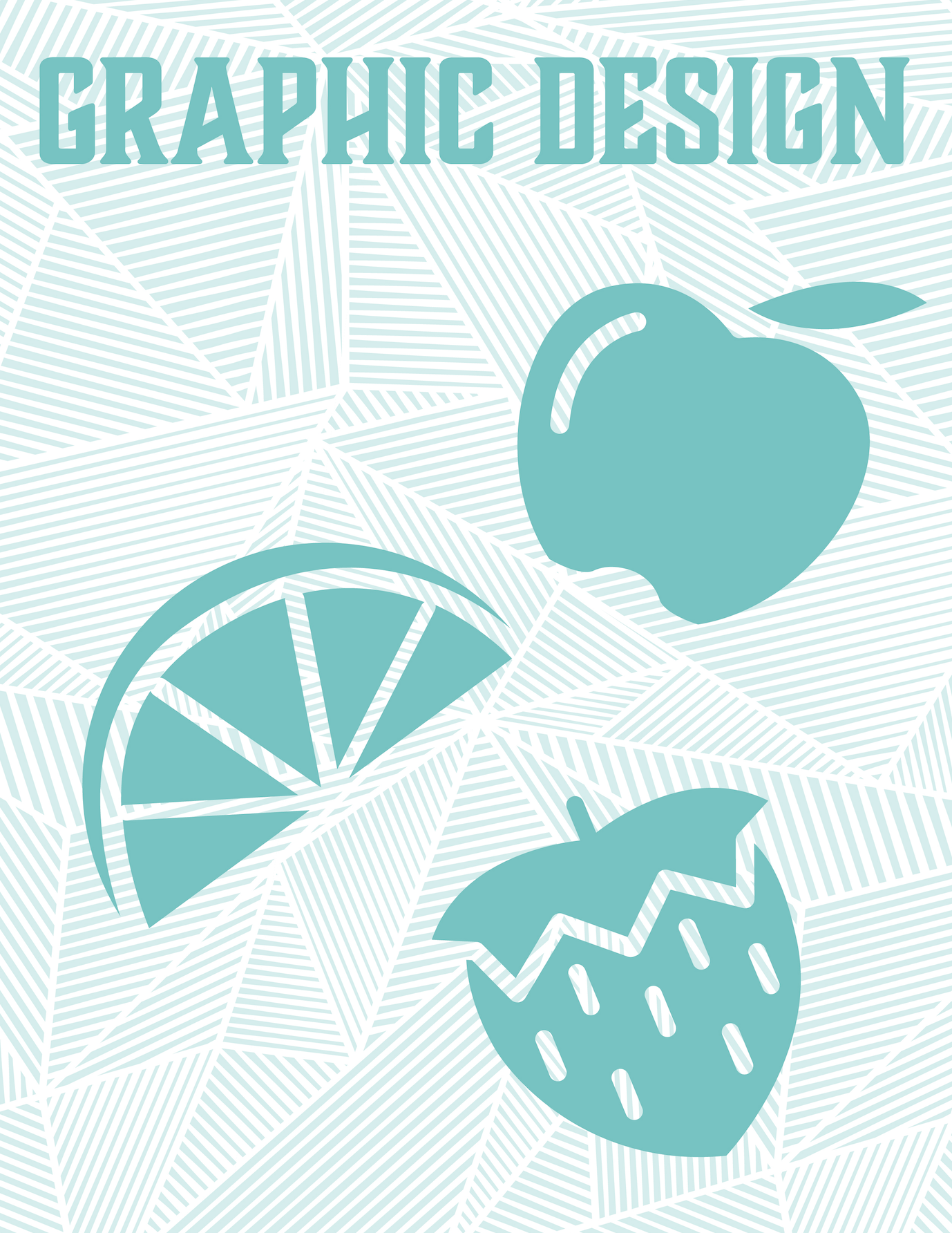
graphic design
all businesses, organizations, charities, products, and more need compelling graphic design and marketplace clarity, for all channels of marketing and customer service, we work closely with you to develop your logo, marks, icons, website assets, and anything visual that is displayed online on behalf of your project
- Website icons
- App icons
- Banner ads
- Mobile ads
- UX/UI elements
- Website graphics
- Scroll/mouseover effects
- Email newsletter graphics
- Email newsletter headers
- Email signatures
- Slideshow presentations
- Pitch decks
- Multi-Page PDFs
- Canva templates
- Social media graphics
- Social media templates
- Social media profile icons
- Image and photo sourcing
- eBook covers
- Powerpoint templates
- Word templates
- Podcast covers
- Custom graphics
- Custom design
- Multi-language design
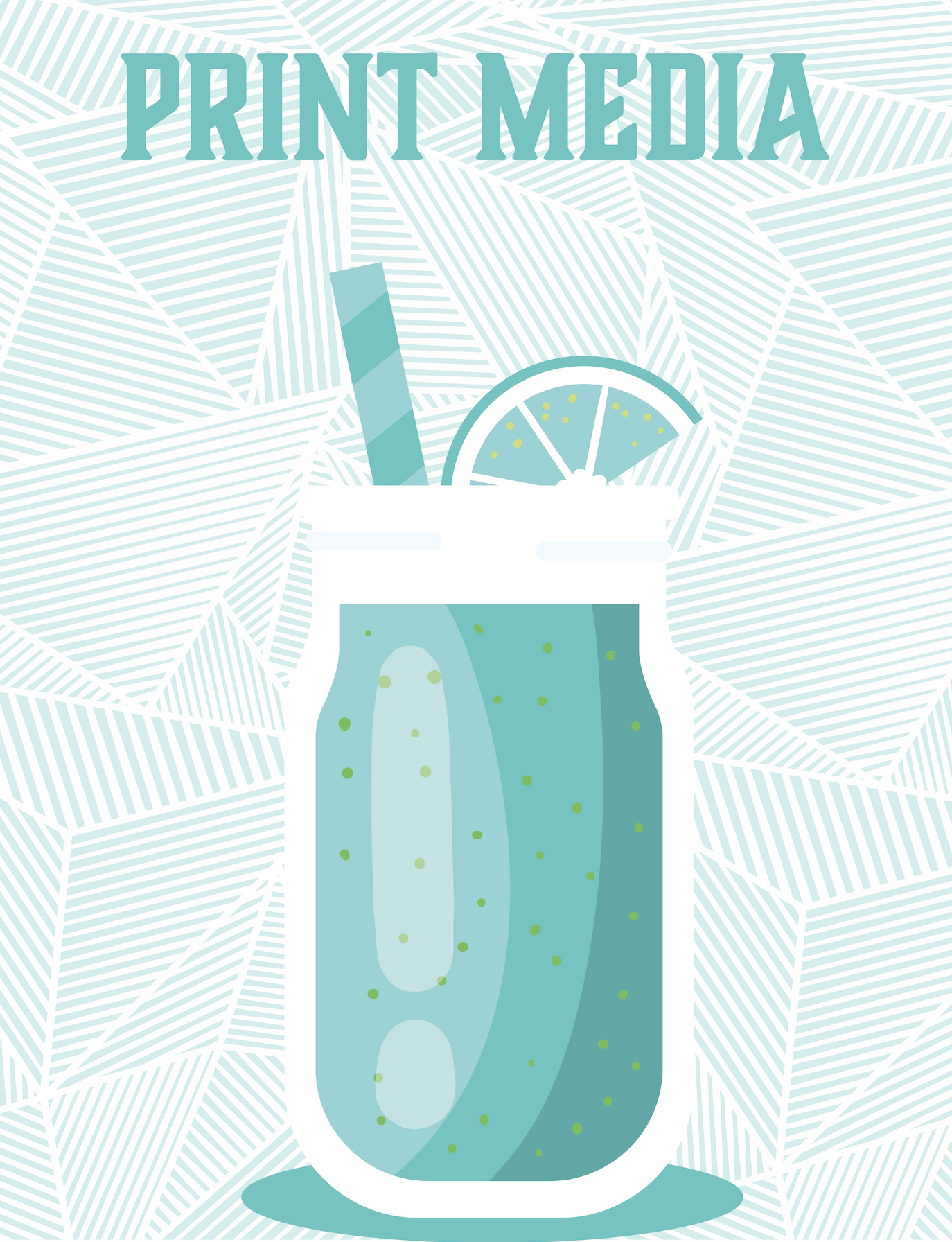
print media
we love working with local stakeholders and business owners to uplift their marketing materials and assets, such as pop-up displays, event booth or table design, we also create product packaging and develop unboxing experiences for consumer products, we do all offline print design areas, billboards, vehicle wraps, construction hoarding
- Book covers
- Album covers
- Flyers
- Postcards
- Event materials
- Invitations
- Weddings
- Birthdays
- Brochures
- Catalogs
- Restaurant menus
- Newspaper advertisements
- Magazine experiences
- Construction hoarding
- Stickers
- Decals
- Billboards
- Resumes
- Workbooks
- Reports
- Presentations
- Mailers
- Booklets
- Pamphlets
CLIENT PORTFOLIO EXAMPLES
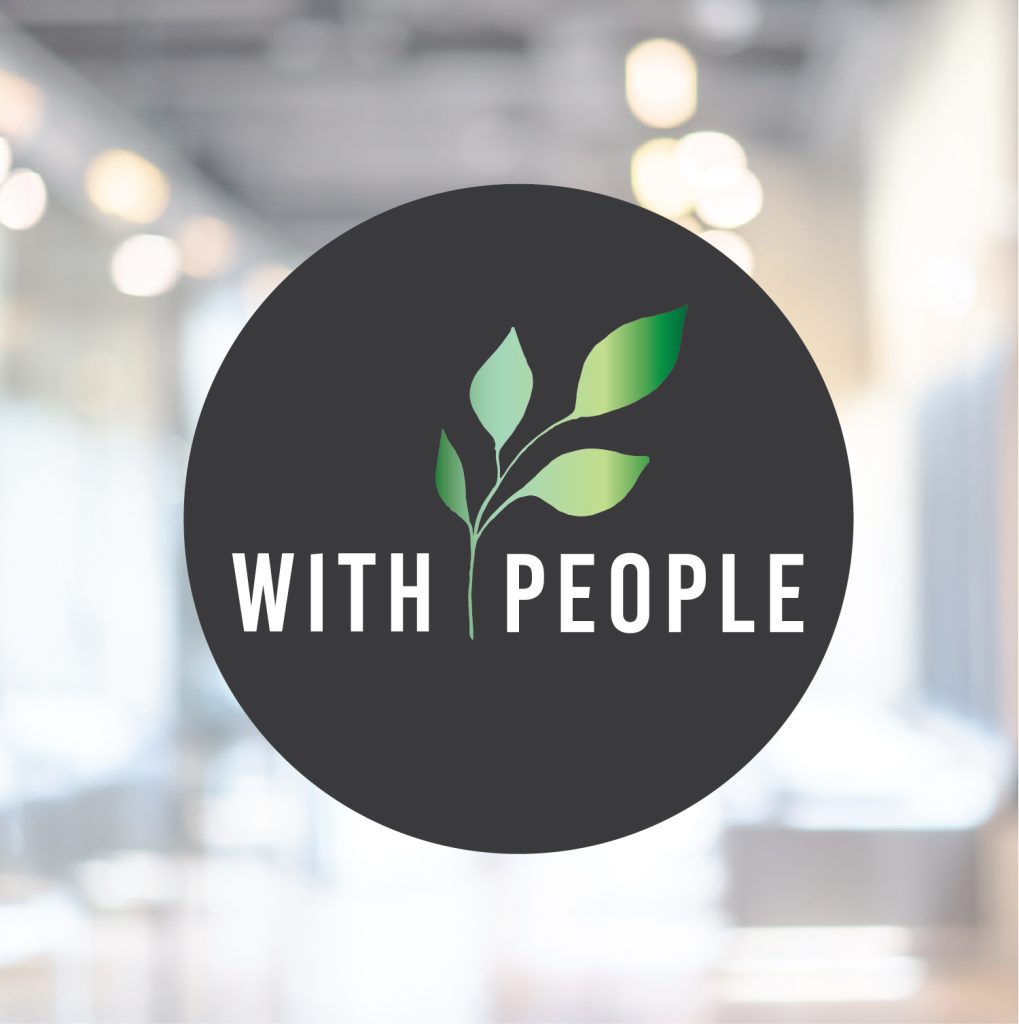

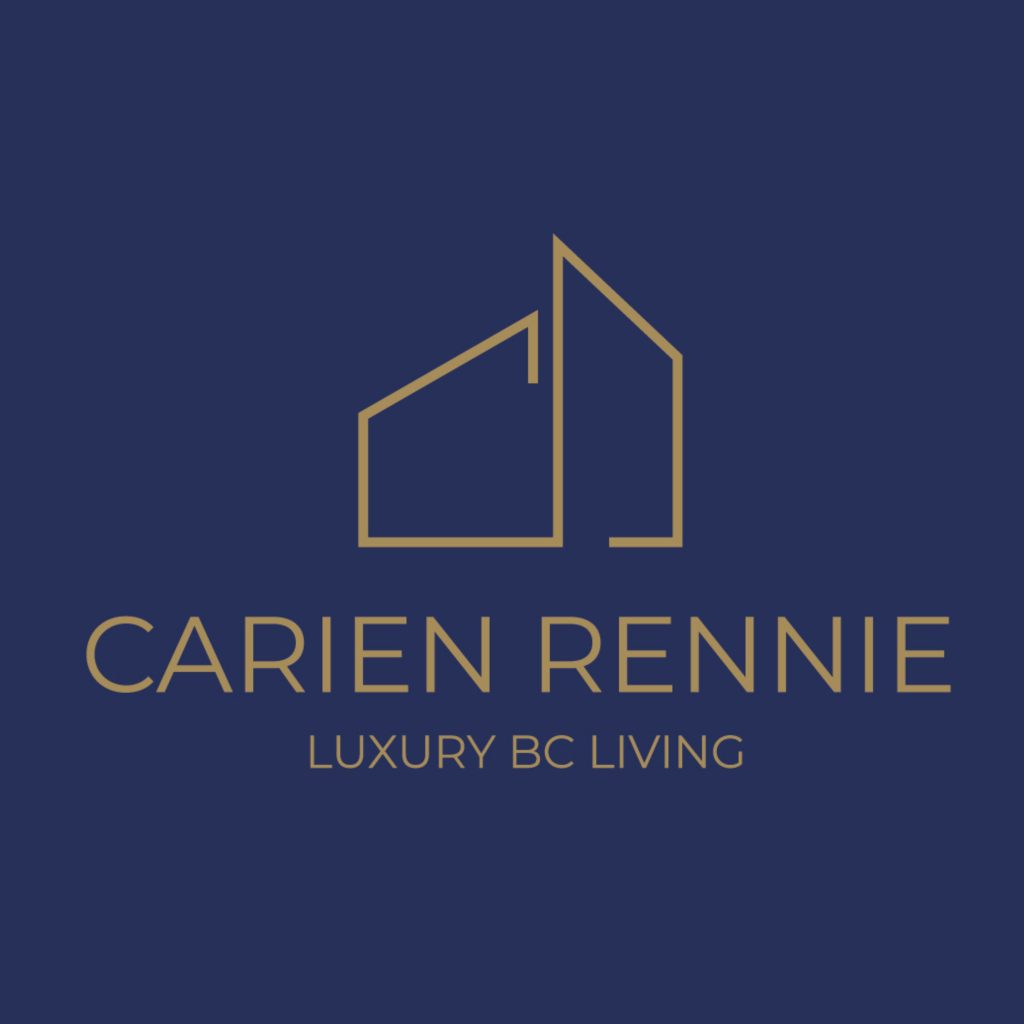

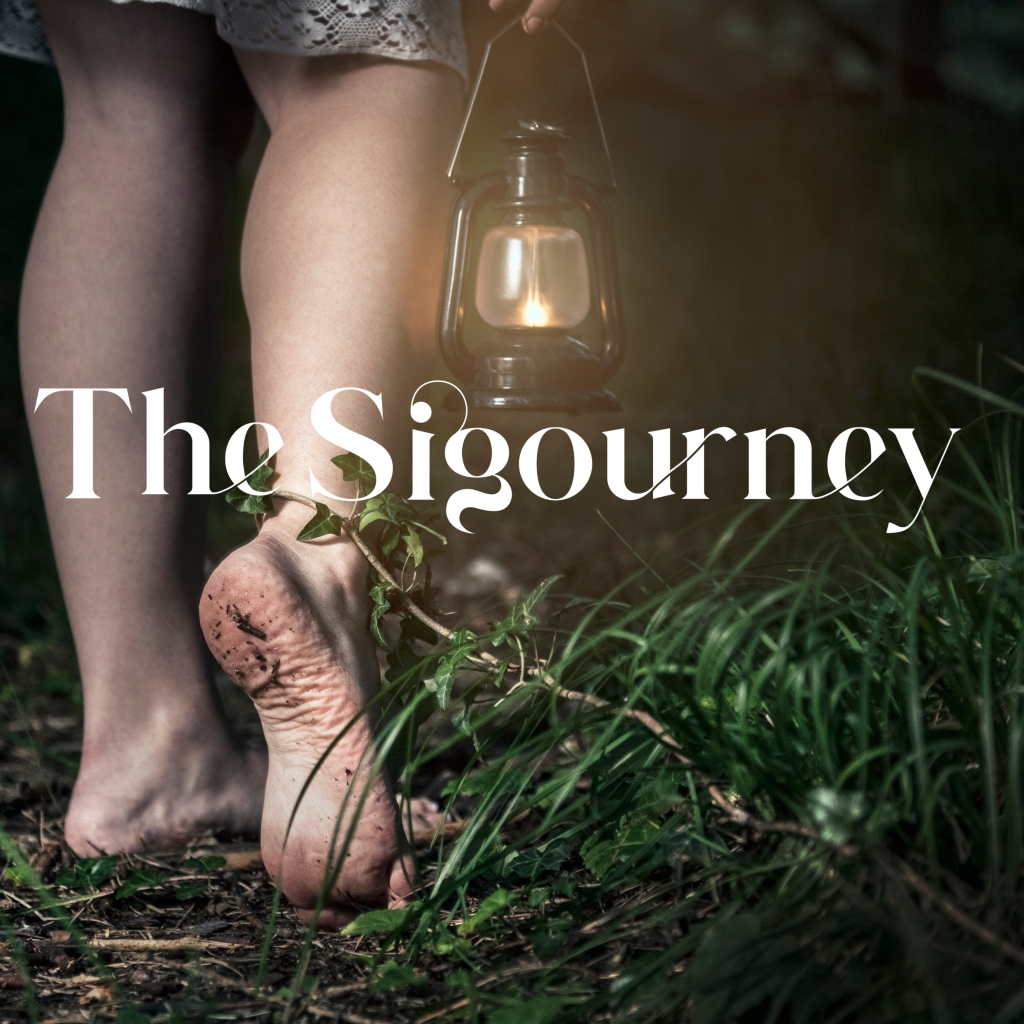
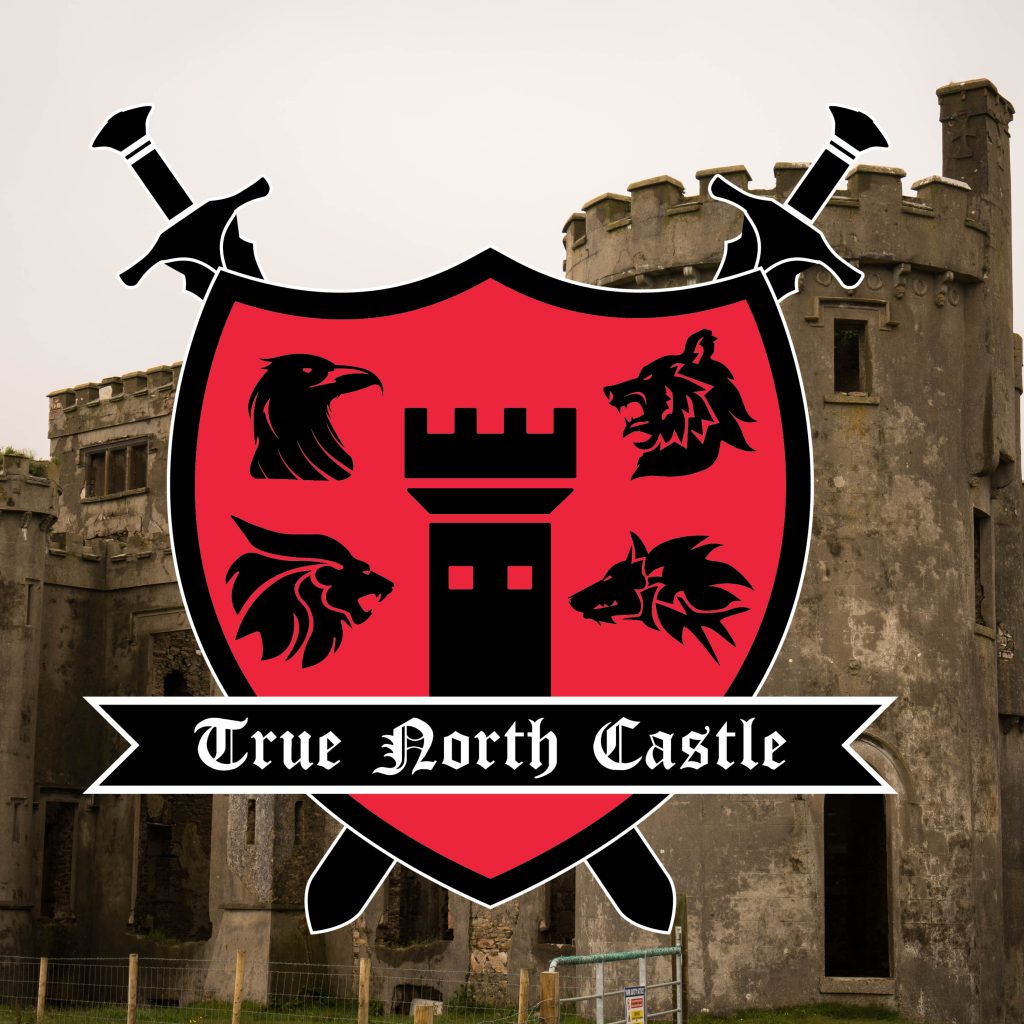
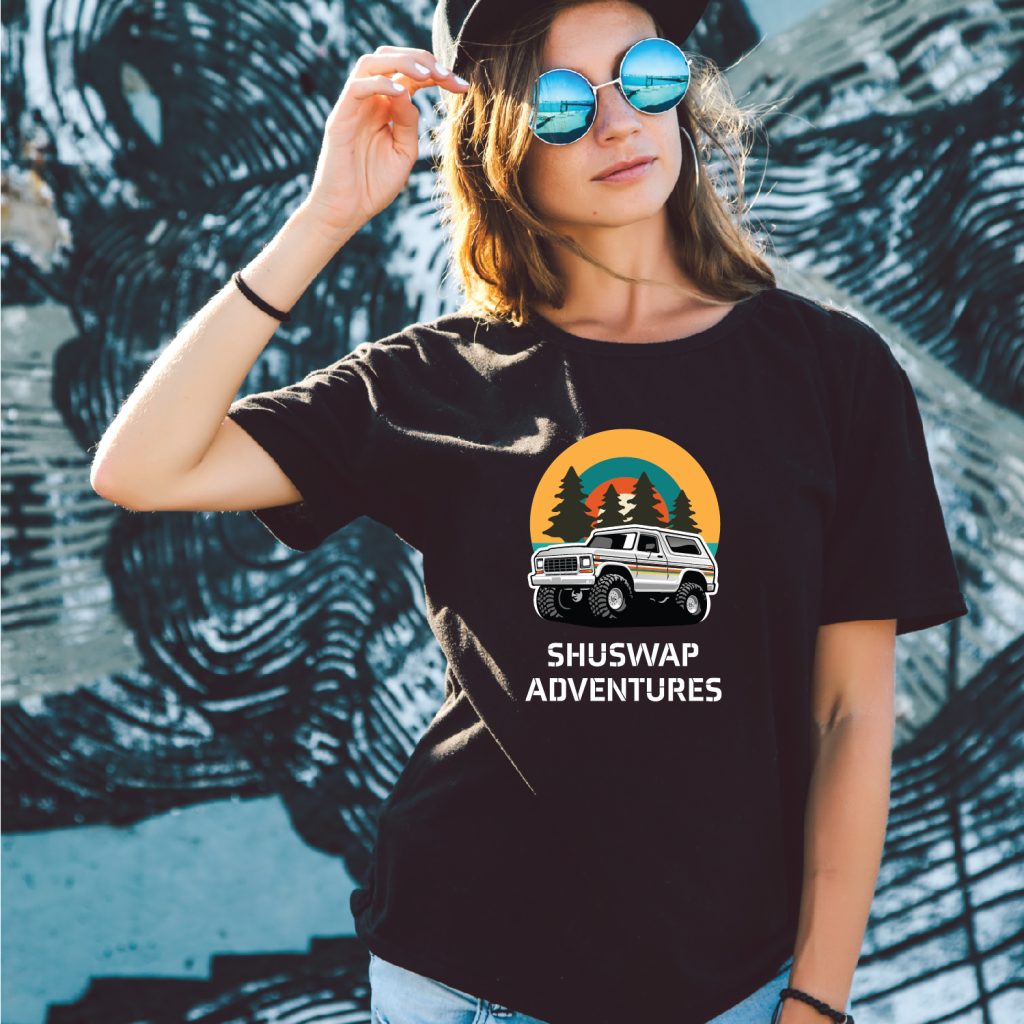
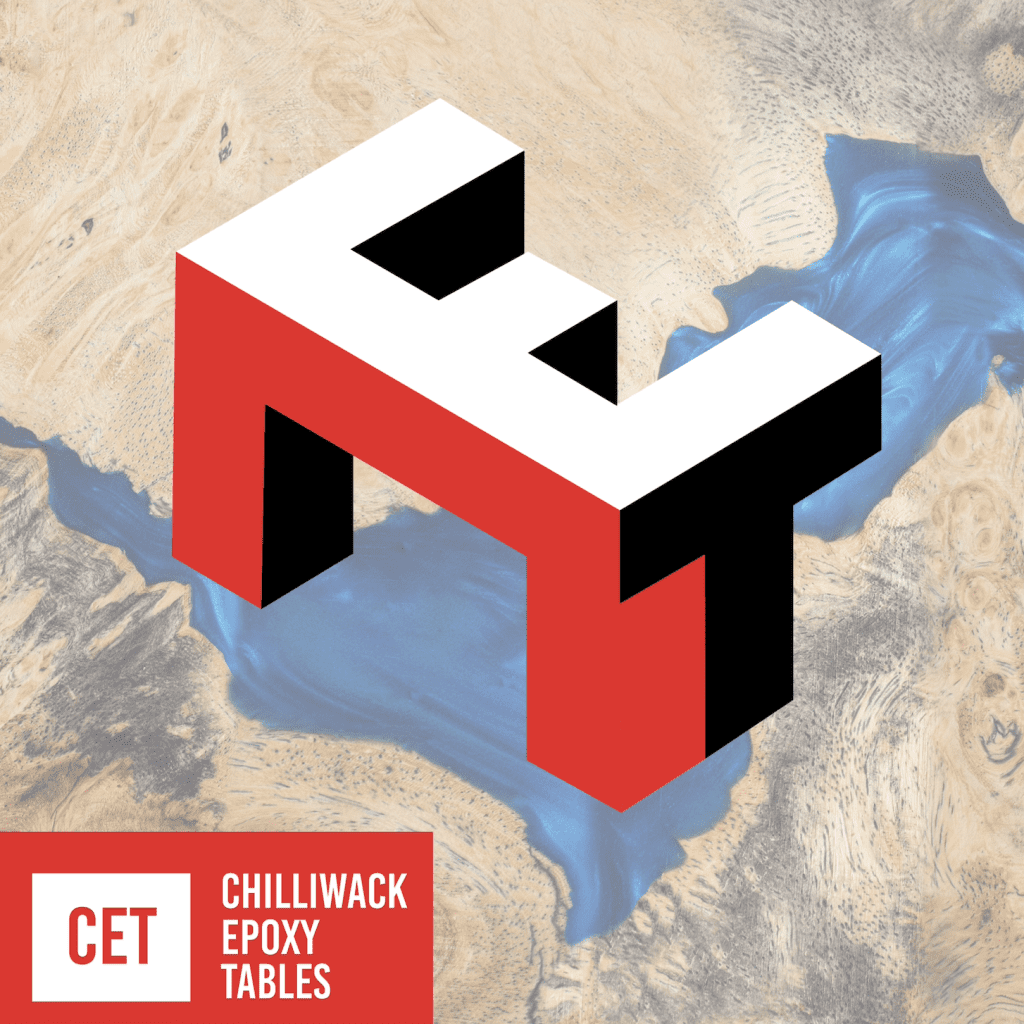
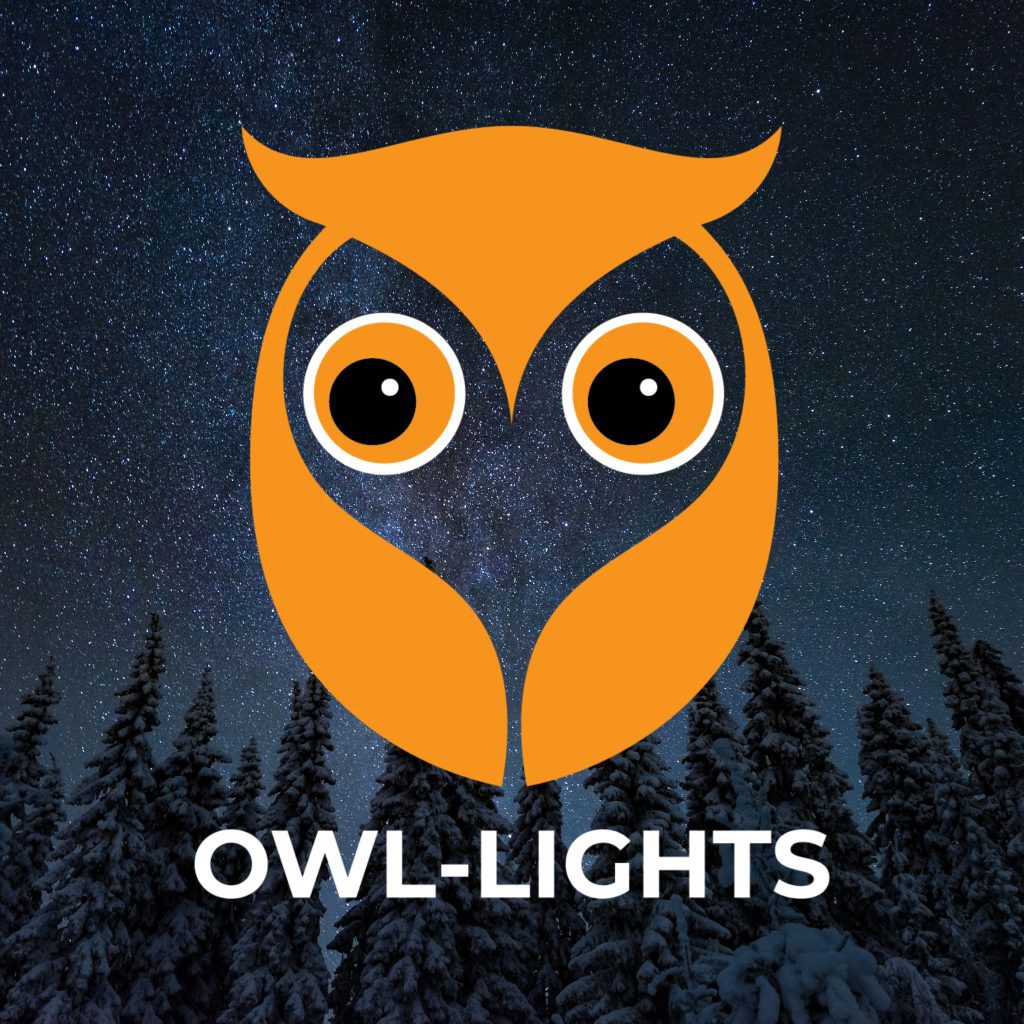


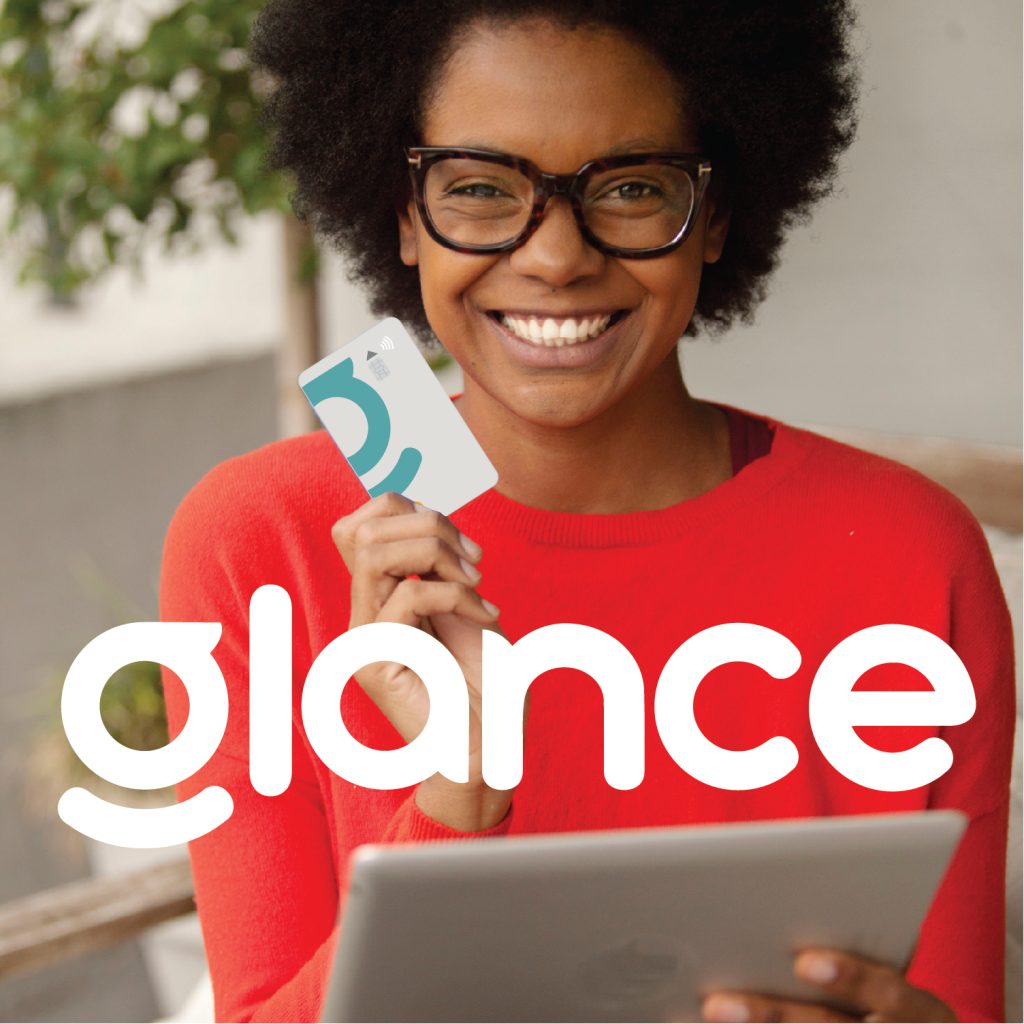


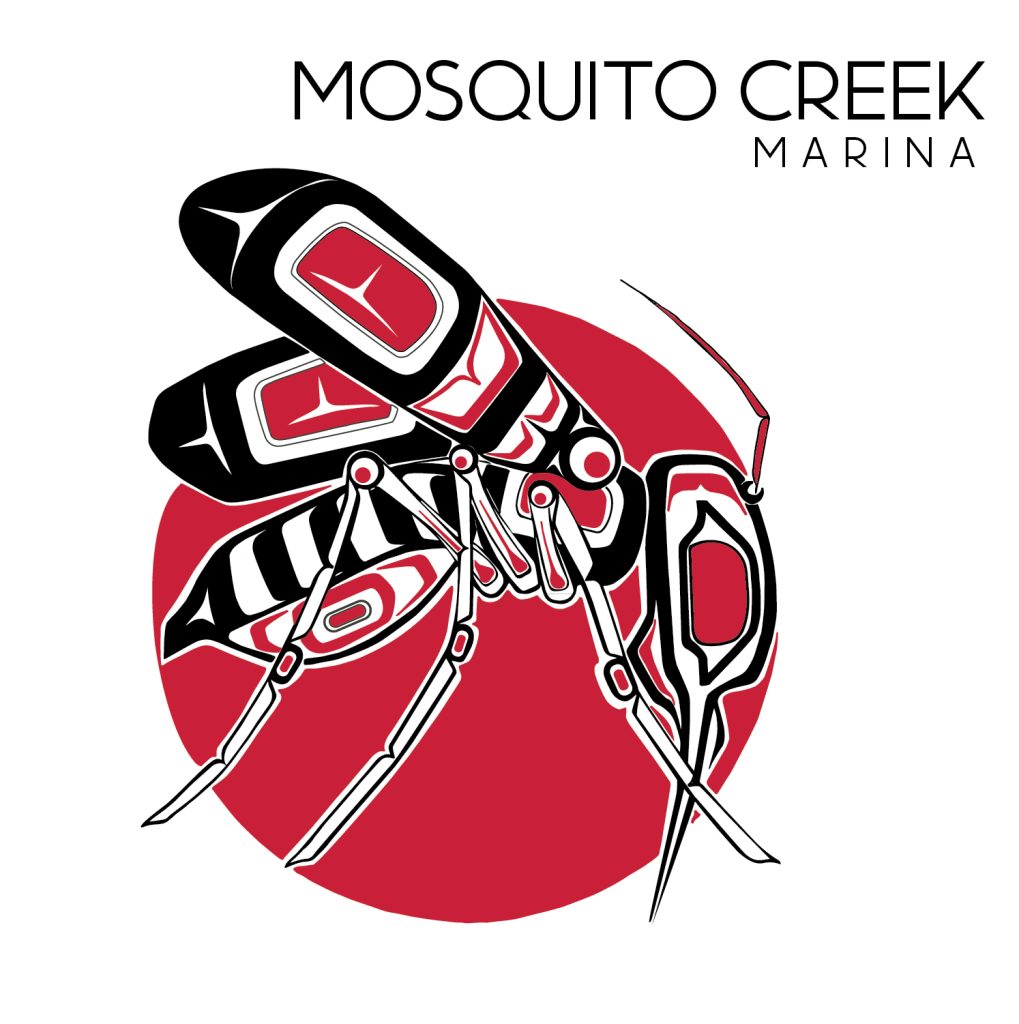
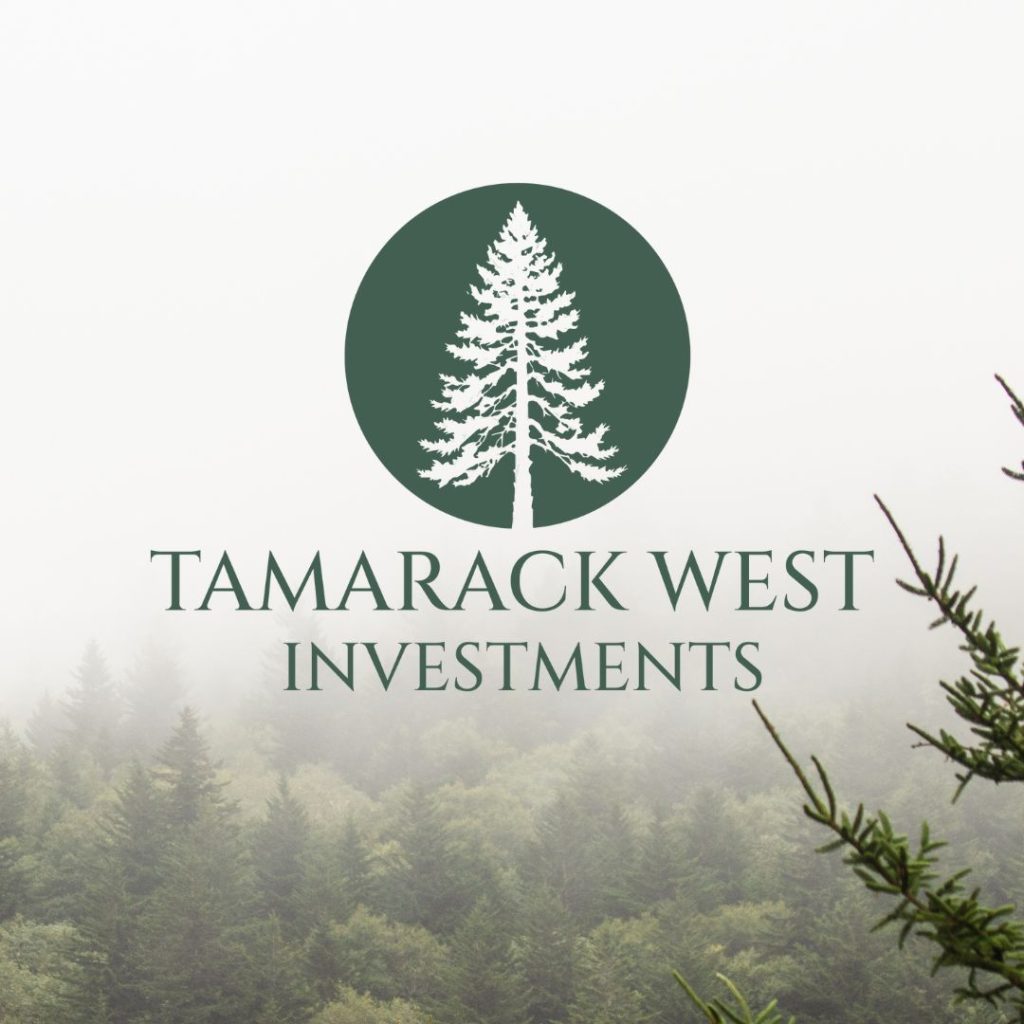
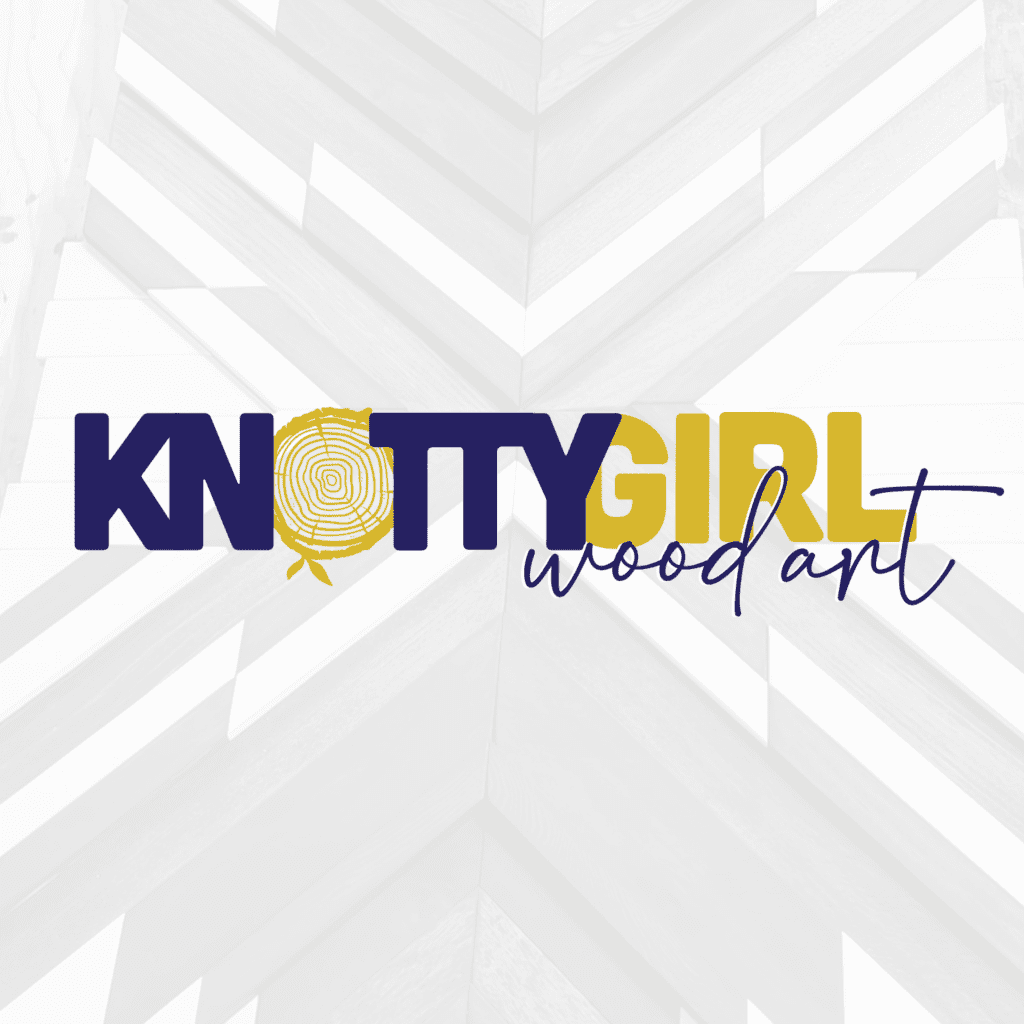
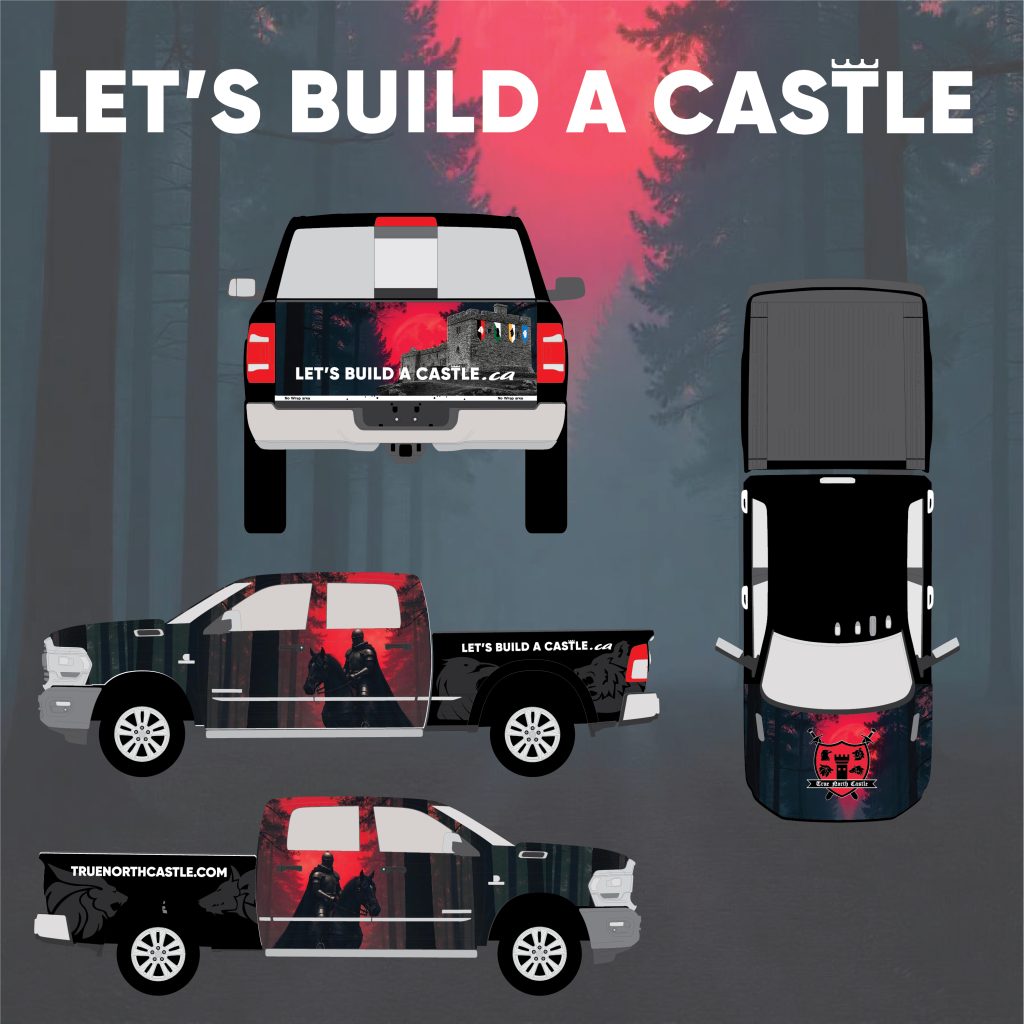

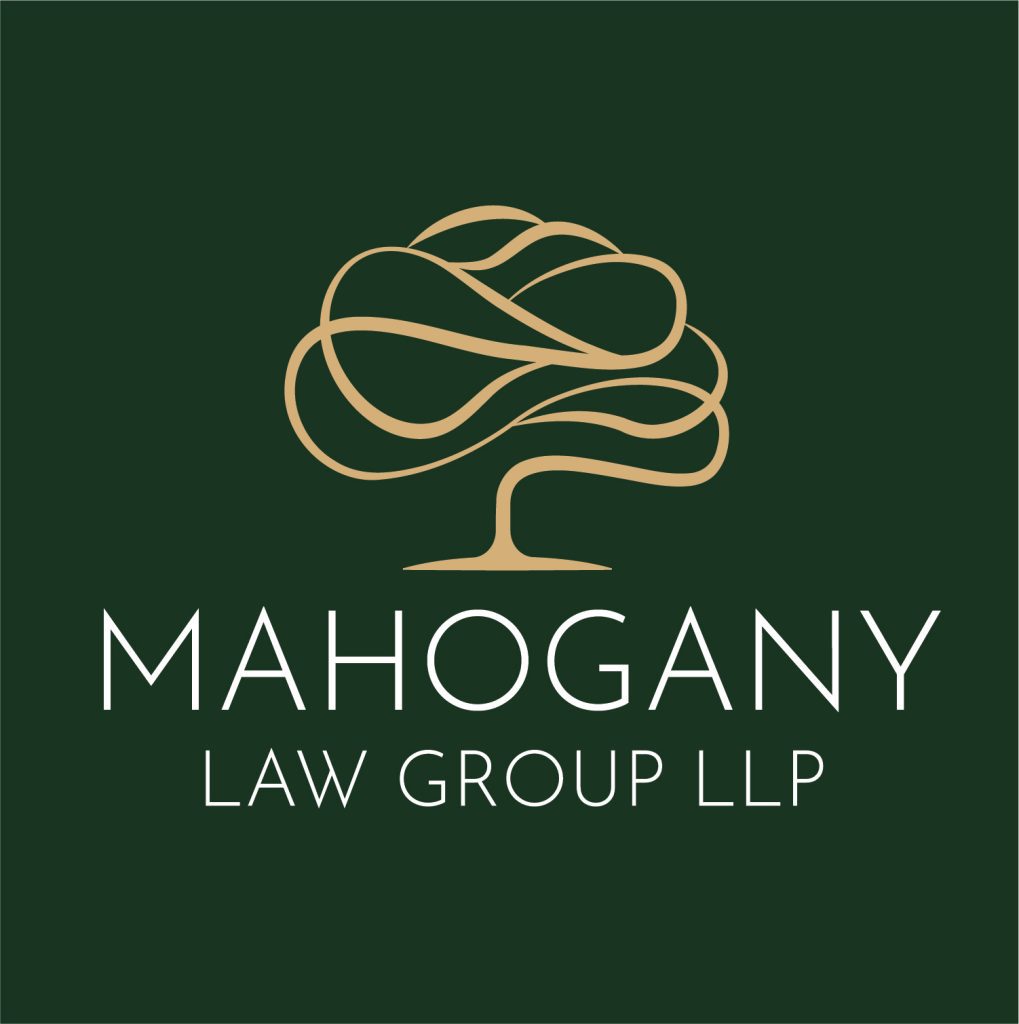

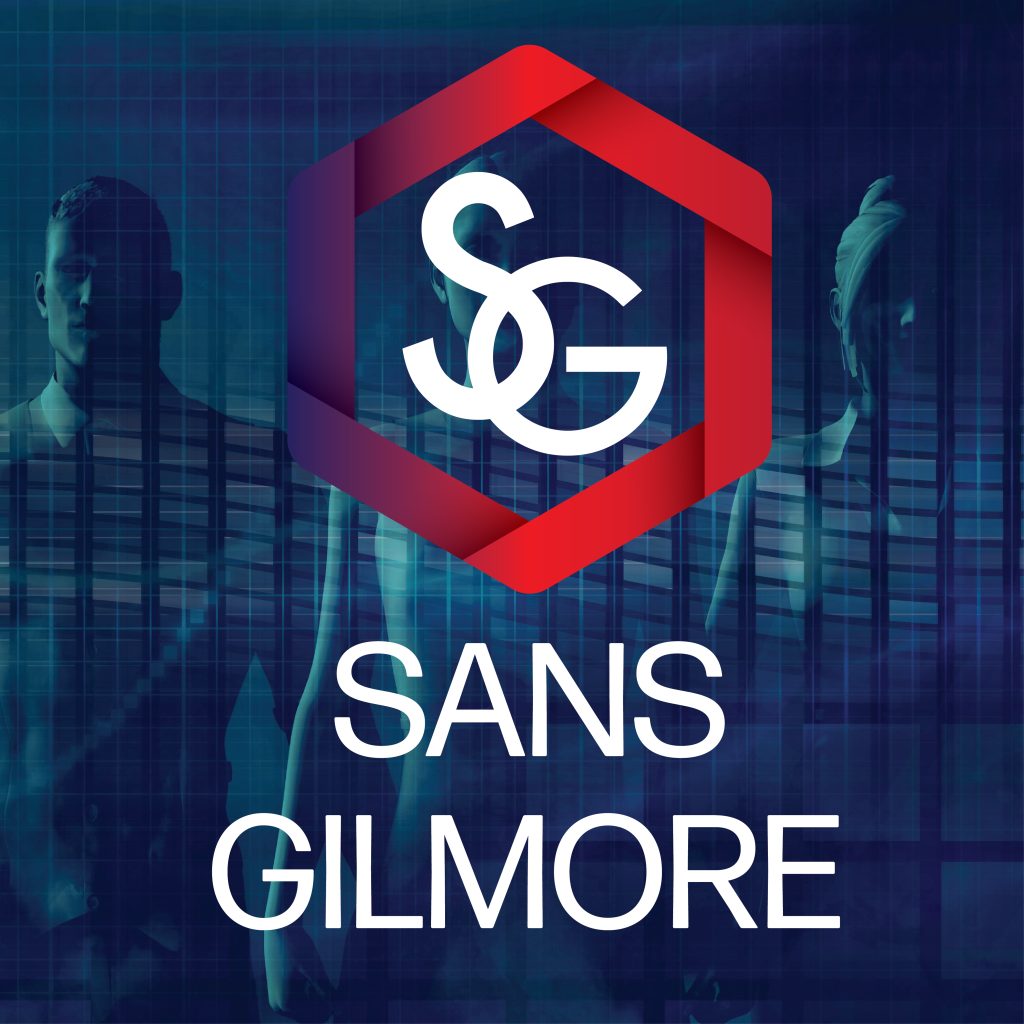

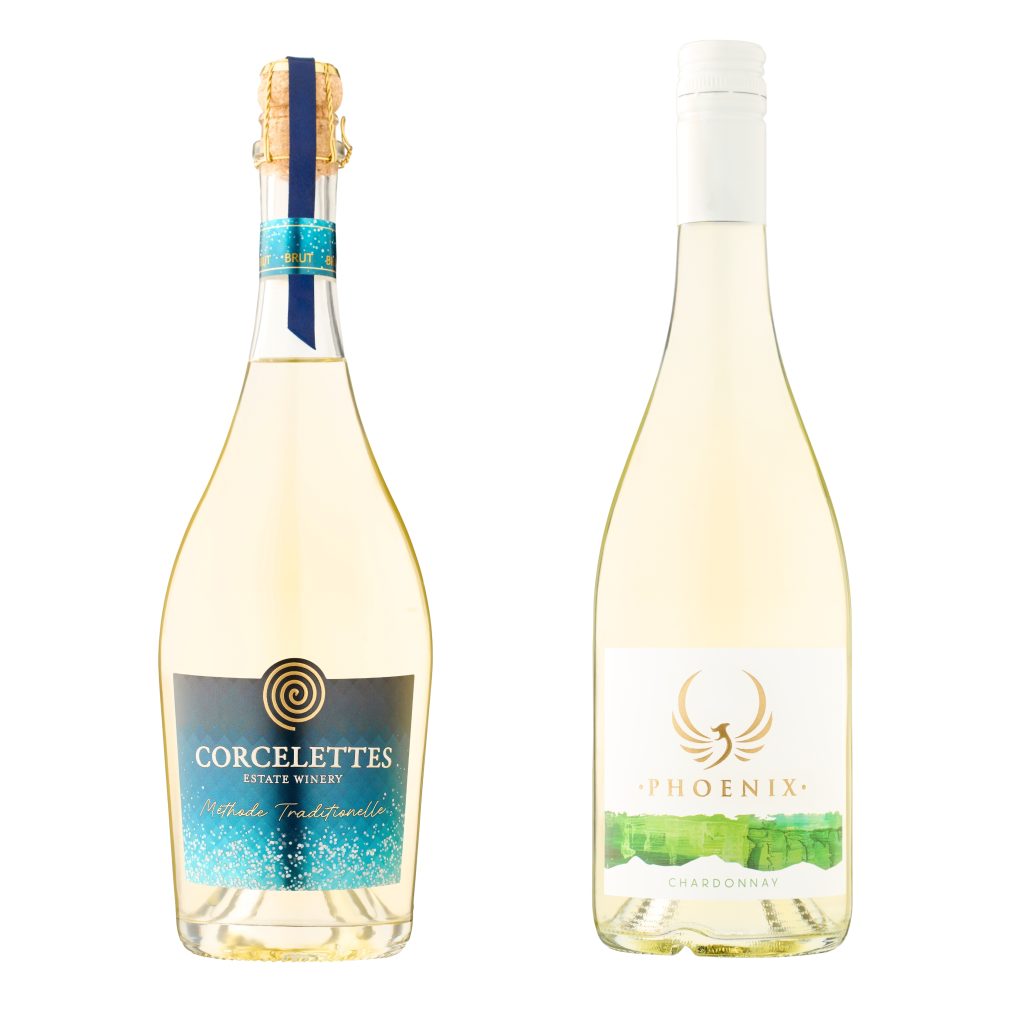






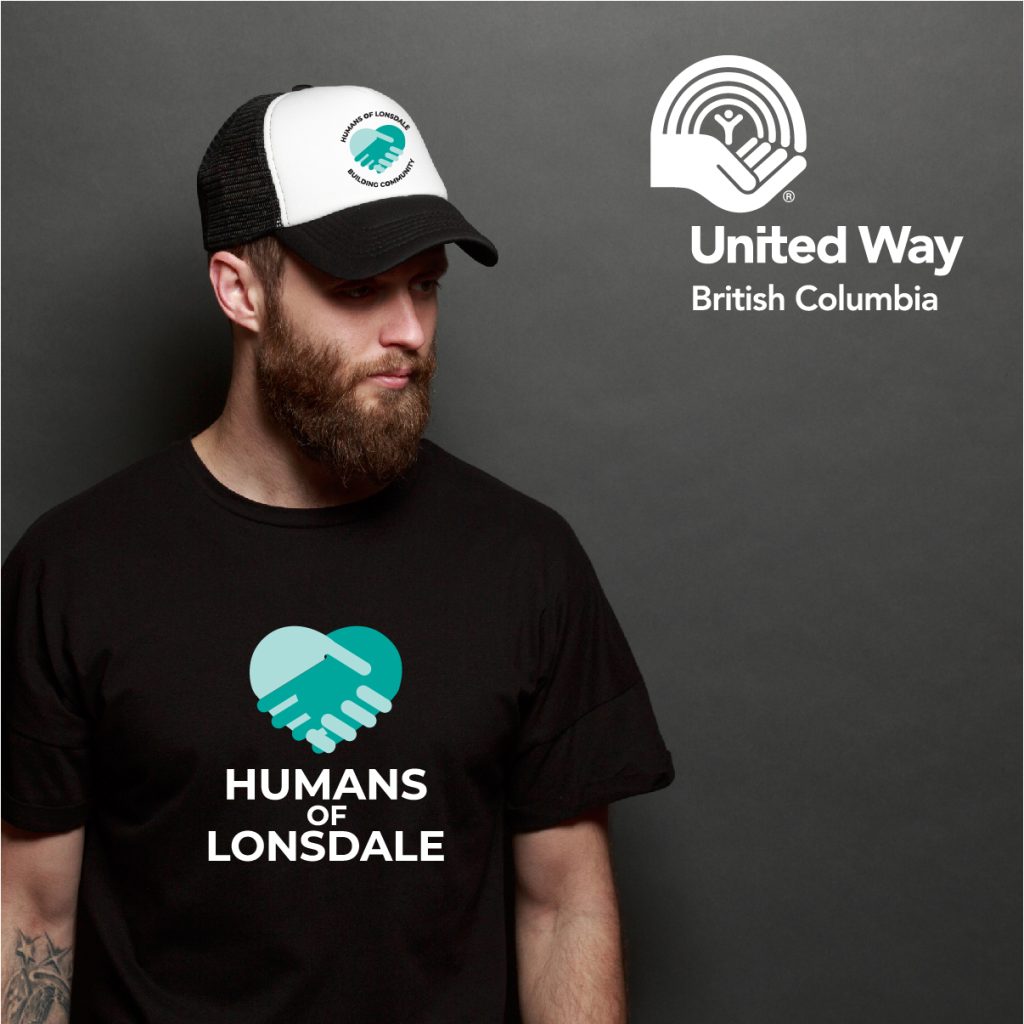


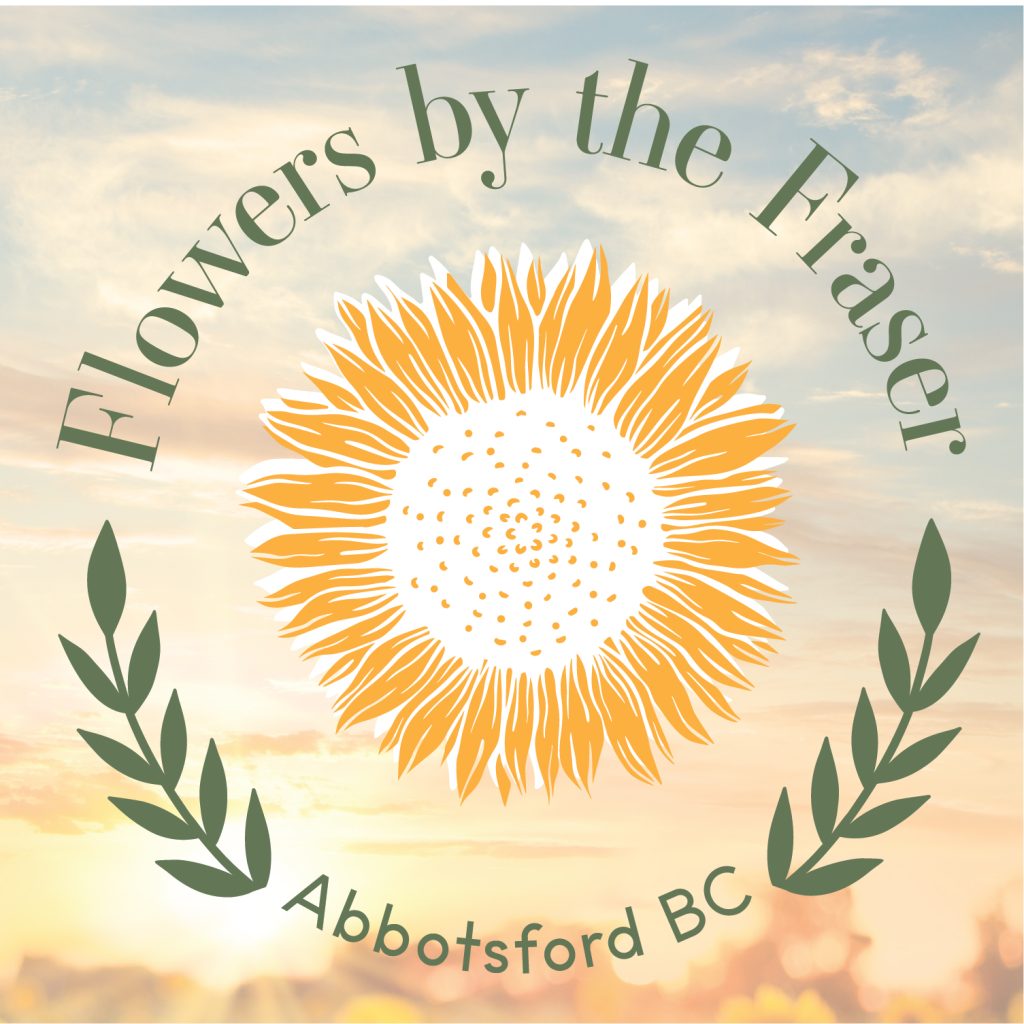
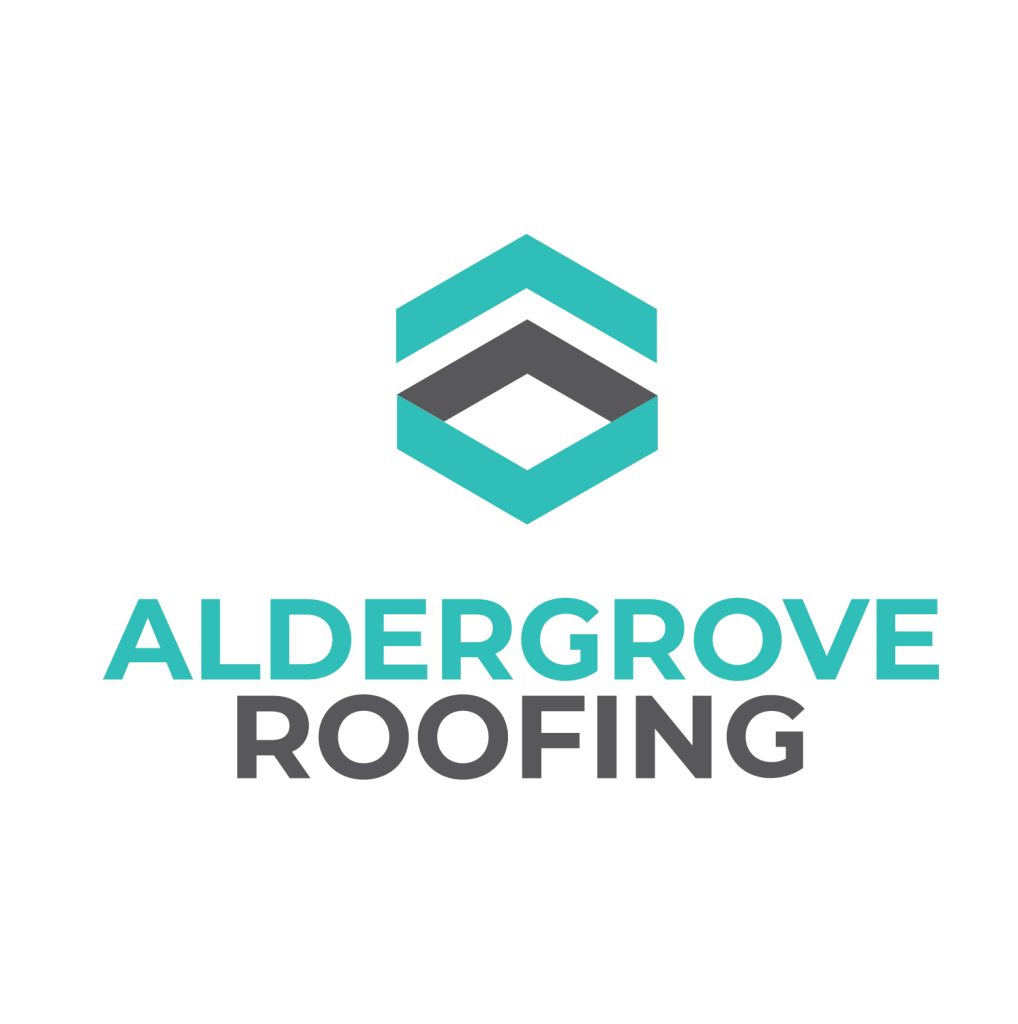

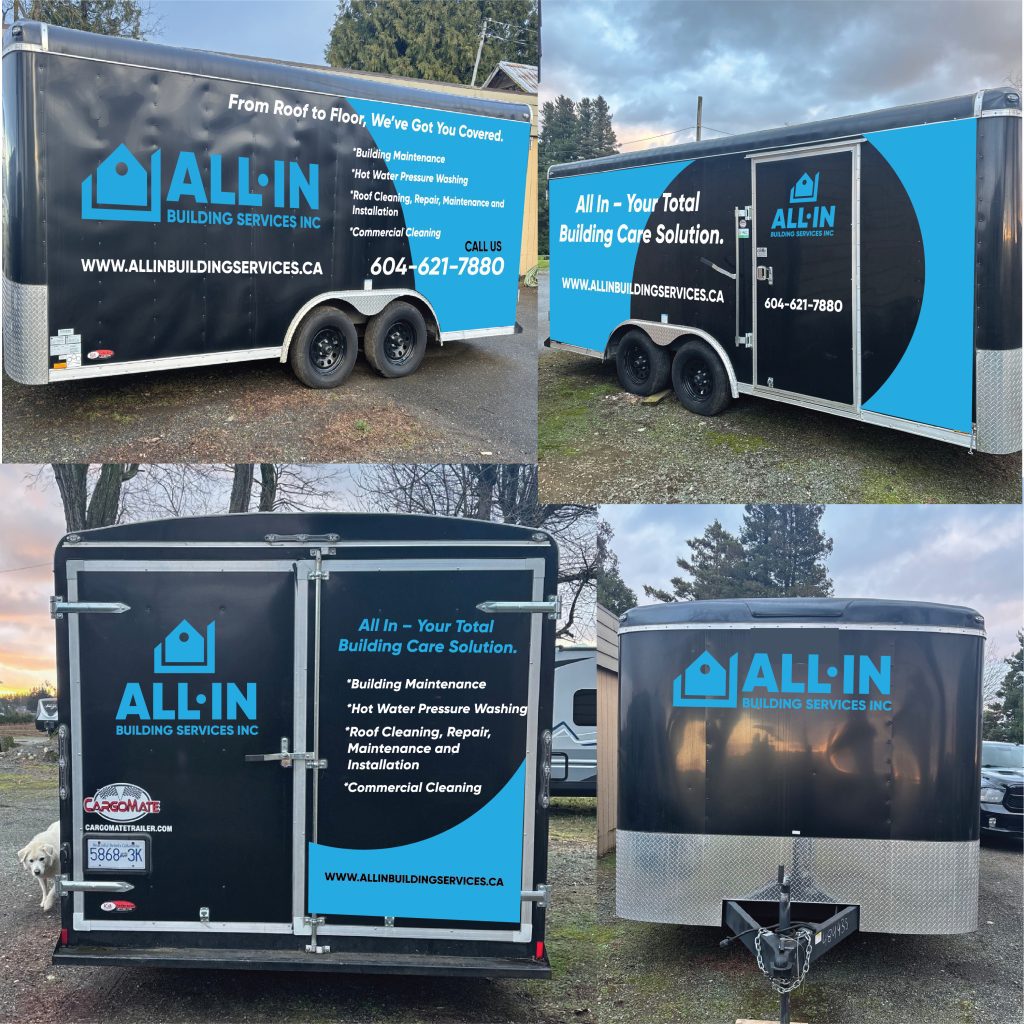
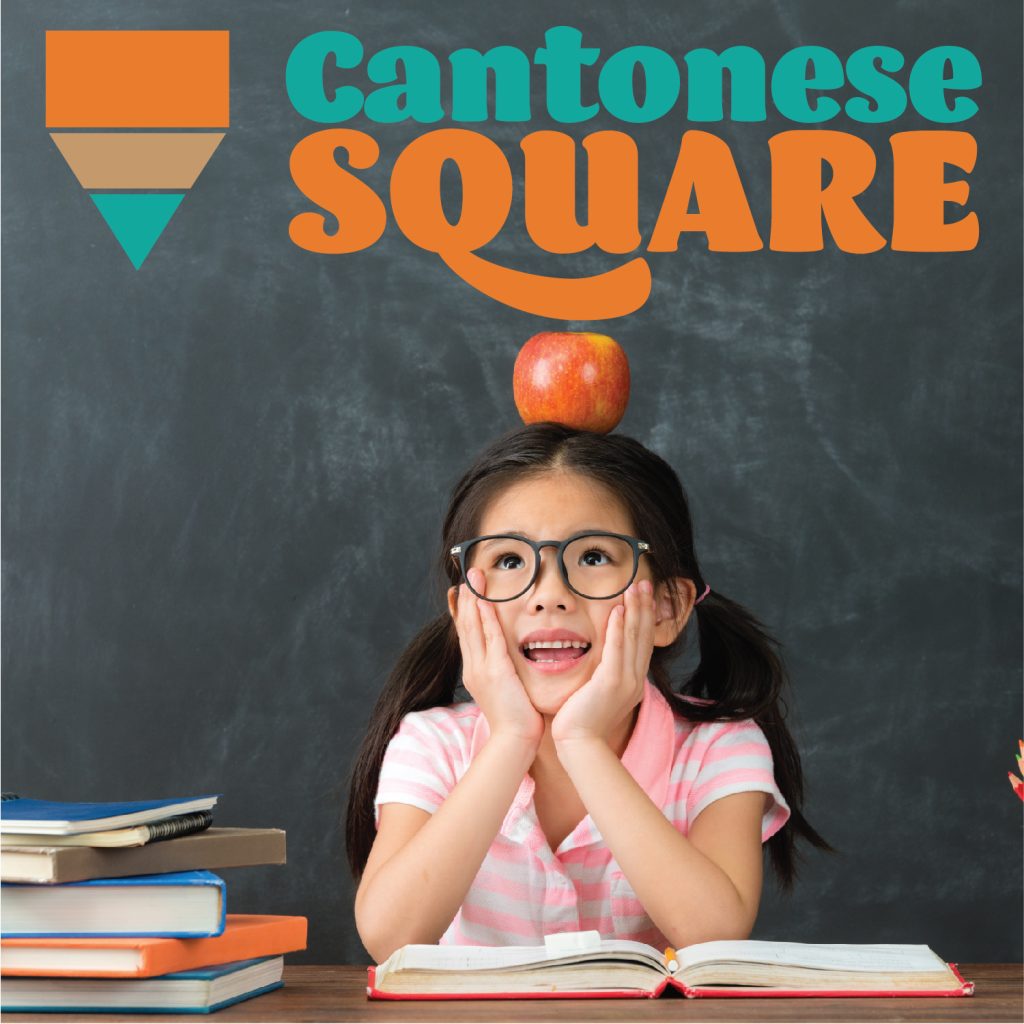
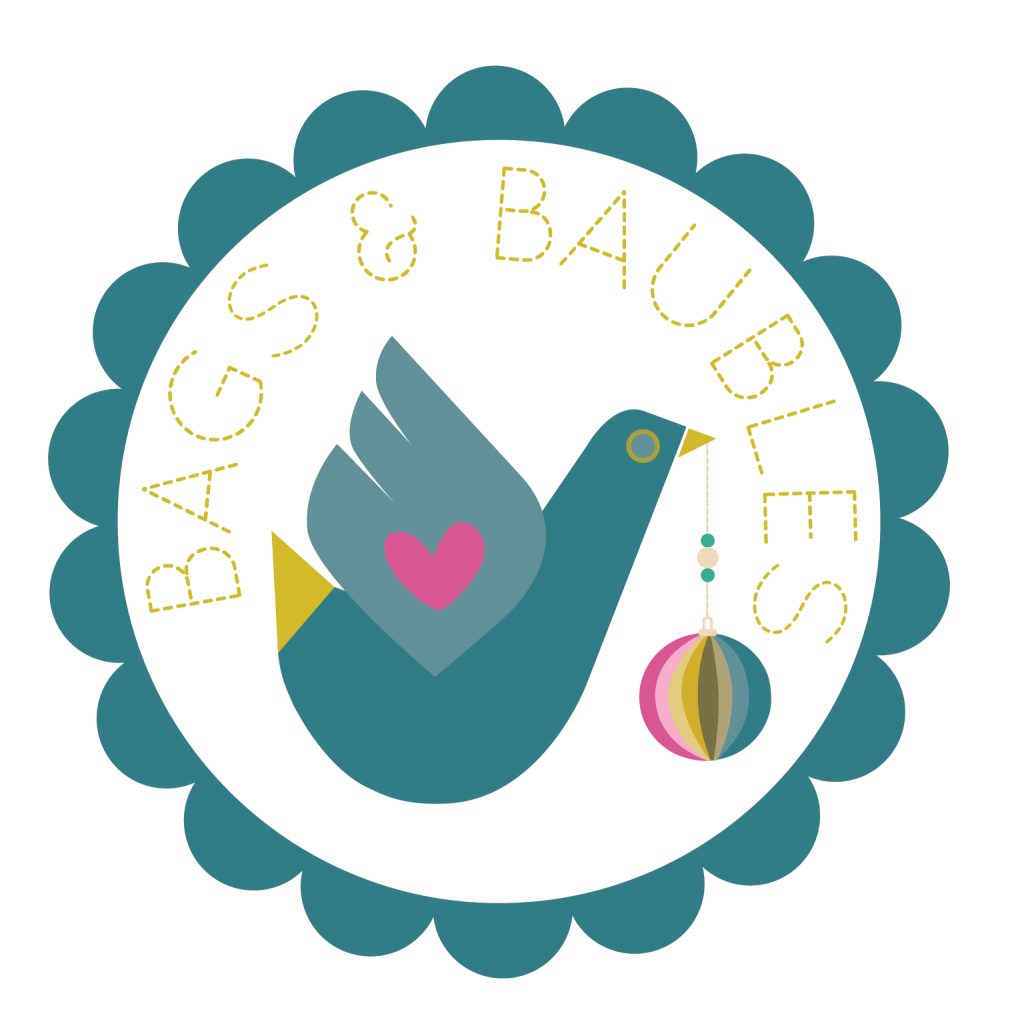
GRAPHIC DESIGN FAQS
What is Graphic Design?
Graphic design is a captivating blend of art and technology used to convey ideas and messages through visuals. It weaves together images and text to create designs that captivate audiences, communicate messages, and drive branding efforts. Here's an expansive overview:
Elements of Design: Graphic design revolves around fundamental elements that come together to create visually pleasing and effective designs. Among them are:
- Line: Linear marks that can be thick or thin, straight or curved. Lines help to divide space, guide the eye, and create forms.
- Shape: Areas defined by edges, whether they're geometric like squares and circles or organic like free-form or natural shapes.
- Color: One of the most impactful elements, color sets the mood, evokes emotions, and highlights important features. It can be used to create harmony or contrast.
- Texture: This refers to how surfaces look and feel. In graphic design, texture adds depth and tactility to visuals.
- Form: Gives objects a 3D feel in a 2D space using shadows and highlights.
Principles of Design: Beyond just elements, designers adhere to certain principles that govern the organization and structure of their designs.
- Balance: Provides stability and structure, ensuring that design elements are evenly distributed.
- Contrast: Distinguishes design elements from one another, be it through color, size, or shape.
- Emphasis: Highlights the most crucial parts of a design.
- Movement: Directs the viewer's eye throughout the design.
- Unity: Ensures elements cohesively work together, providing a sense of completeness.
Typography: This is more than just choosing fonts. Typography is a nuanced craft that involves arranging type in a design-friendly manner. From font selection, spacing, line height, and hierarchy, typography plays an integral role in ensuring information is readable and aesthetically pleasing.
Tools and Software: While traditional tools like sketchbooks and pens have their place, today's graphic designers lean heavily on digital tools. Software programs like Adobe Photoshop, Illustrator, and InDesign are industry standards. They offer a myriad of possibilities, from photo editing and vector illustration to layout design.
Various Graphic Design Disciplines:
- Print Design: This age-old tradition involves crafting graphics for tangible materials, such as books, brochures, posters, and magazines.
- Digital/Web Design: As the digital age progresses, designing for screens becomes crucial. This encompasses websites, app interfaces, banners, and digital ads.
- Logo Design & Branding: More than just crafting logos, branding is about building a visual identity. It encapsulates company values, ethos, and personality.
- Motion Graphics: With the rise of video content, animating graphics and creating visuals for films, TV, and online platforms has grown in significance.
- Packaging Design: A sub-discipline that marries functionality with aesthetics. Good packaging protects and showcases a product, while also communicating its essence.
Purpose and Significance: At its core, graphic design is a form of visual storytelling. Whether aiming to inform, entertain, or persuade, it simplifies complex ideas, enhances user experiences, and carves a lasting impression on audiences. Its omnipresence, from the book you read to the app you use or the billboard you pass by, underscores its importance in our daily lives.
Historical Context: Graphic design's rich tapestry stretches back to ancient times, where it found expression in Egyptian hieroglyphics or intricate Greek pottery. Its evolution has been shaped by societal, political, and technological shifts, each era bringing forth distinct styles and methodologies.
To truly appreciate graphic design is to understand its multifaceted nature — a synergy of creativity, strategy, and technology to visually communicate with the world.
What is Logo Design?
Logo design is a specialized sub-discipline of graphic design concerned with the creation and arrangement of symbols, typography, and images to represent a brand, company, product, or service. Logos serve as a visual cornerstone of a brand's identity and are often the first point of contact for consumers or audiences. They are crafted to be both memorable and reflective of the brand's ethos, values, and objectives.
Here's a deeper look into logo design:
Purpose: The primary purpose of a logo is to provide a unique and recognizable marker for a brand. It functions as both an identifier and a means to differentiate from competitors. Over time, a well-designed logo can evoke feelings, memories, and perceptions about the brand without needing additional context.
Components: Logos can be made up of various elements:
- Typographic (Logotype): This utilizes letters or full names of a company, like Google or Coca-Cola.
- Symbolic (Logomark): Icons or symbols that can stand alone or accompany typography, such as Apple's apple or Nike's swoosh.
- Combination Marks: A fusion of both typographic and symbolic elements.
Design Principles: Just as with broader graphic design, logo design adheres to fundamental principles:
- Simplicity: Often, the most memorable logos are simple in design, making them easy to recognize.
- Relevance: A logo should resonate with its target audience and be appropriate to the brand's industry and ethos.
- Versatility: A well-designed logo should function across various platforms and mediums, from business cards to billboards and digital platforms.
- Distinctiveness: It should stand out from competitors and not be easily confused with other logos.
- Timelessness: Although logos can evolve, they shouldn't feel outdated quickly. Aiming for longevity is key.
Process: The process of logo design often involves:
- Research: Understanding the brand, its competitors, target audience, and industry trends.
- Brainstorming and Conceptualization: Generating ideas, sketching, and conceptualizing potential designs.
- Refinement: Choosing the most promising concepts and refining them digitally.
- Presentation: Presenting to stakeholders or clients and gathering feedback.
- Revision and Finalization: Making necessary adjustments based on feedback and finalizing the design.
- Delivery: Providing the final logo in various formats for different uses.
Evolution: While the essence of a logo should be timeless, brands occasionally revise or refresh their logos to align with changing times, company evolutions, or shifts in strategy. Such changes can be subtle or more drastic, but the primary goal remains: to maintain relevance and connection with the audience.
Conclusion: Logo design is a crucial aspect of brand identity. A well-crafted logo not only distinguishes a brand but also creates a lasting impression on consumers, encapsulating a brand's essence in a visual form. The best logos transcend language and culture, becoming universally recognized symbols.
What Are Brand Kits?
A brand kit, often referred to as a brand style guide or brand guidelines, is a set of resources and standards that detail how a brand is to be presented across different media. It ensures consistency, which is crucial for building brand recognition and trust among consumers and stakeholders. A comprehensive brand kit outlines the specifics of brand representation, from logos and typography to color palettes and tone of voice.
Components of a Brand Kit:
Logo Usage: This section provides different variations of the logo, clear space requirements, minimum and maximum sizes for printing and digital use, and dos and don'ts, such as which colors the logo shouldn't be presented in or how not to distort its proportions.
Color Palette: Outlines primary and secondary brand colors, specific color codes for different mediums (CMYK for print, RGB for digital, and HEX codes for web), and usage guidelines for where and how each color should be applied.
Typography: Specifies primary and secondary typefaces for headlines, subheadlines, body text, and more. It also details font weights and styles to be used and guidelines on kerning, leading, and other typographic details.
Imagery and Graphics: Depending on the brand, this can include photo styles and guidelines, usage of icons, patterns, or other graphic elements, and any illustrations or custom graphics associated with the brand.
Tone of Voice: While more textual than visual, it's a vital part of a brand's identity. This section contains descriptors that capture the brand's personality, writing guidelines that detail the brand's communication style, and examples of appropriate and inappropriate messaging.
Stationery and Collateral Design: Some brand kits provide templates or guidelines for items like business cards, letterheads, envelopes, brochures, and presentations.
Digital Guidelines: As digital platforms become increasingly crucial, many brand kits include specifics for website design elements, social media graphics and banners, and email templates.
Usage Examples: To help users apply the guidelines, brand kits might showcase real-world examples of the brand elements in use and mockups of advertisements, brochures, websites, etc.
In essence, a well-constructed brand kit serves as a foundational reference for marketers, designers, copywriters, and other stakeholders involved in creating materials or content for the brand. By ensuring consistent application of the brand's elements, it fosters a unified and cohesive brand image, making the brand instantly recognizable and reinforcing its core values and personality.
What Are Social Media Graphics?
Social media graphics are visual content created and optimized for various social media platforms to engage users, enhance content presentation, and amplify a brand's message. As visual stimuli play a vital role in digital communication, these graphics help capture attention, convey messages more effectively, and drive user interaction. They are tailored to fit each platform's unique specifications and user behavior.
Types and Uses of Social Media Graphics:
Profile and Cover Photos: These are the primary visual identifiers for any brand's social media account. The profile photo often showcases the brand logo or a key visual representing the brand, while the cover or header photo offers more space to communicate brand ethos, current promotions, or other important messages.
Post Images: Everyday content shared by brands, whether it's a motivational quote, a behind-the-scenes shot, product photos, or infographics, falls into this category. They're optimized for regular feed visibility and engagement.
Story Graphics: Platforms like Instagram, Facebook, and Snapchat offer 'Stories'—temporary content that's available for 24 hours. Graphics for stories are vertically optimized and can include promotions, daily updates, behind-the-scenes glimpses, and more.
Ads and Sponsored Content Graphics: These visuals are specifically created for paid promotions. They're designed to grab attention and often come with a clear call to action, guiding viewers to take desired steps like making a purchase, signing up, or visiting a website.
Carousel and Slideshow Graphics: Platforms like Instagram and Facebook allow multiple images or videos in a single post, letting users swipe through a series of visuals. This format is great for showcasing product ranges, telling a story, or diving deep into a single topic.
Infographics and Data Visualization: Conveying data or complex information through engaging visual formats makes it digestible and shareable. Infographics are widely shared and can boost a brand's visibility.
Contest and Giveaway Graphics: When brands host contests or giveaways on social media, eye-catching graphics help promote participation. These visuals clearly mention the rules, prizes, and participation steps to ensure clarity and engagement.
Event Promotion Graphics: Brands often promote webinars, sales, launches, or other events on social media. Tailored event graphics, complete with date, time, and other details, help in getting the word out.
Polls and Quiz Graphics: Interactive content like polls or quizzes on platforms such as Instagram or Facebook can use custom graphics to match the brand's aesthetic and theme.
Highlights and Pinned Post Graphics: On platforms like Instagram, 'Highlights' allow brands to categorize and showcase important stories permanently. Similarly, pinned posts on platforms like Twitter or Facebook stay at the top of a profile, ensuring they get maximum visibility. Both these functions benefit from customized graphics to convey importance and relevance.
Considerations for Creating Social Media Graphics:
Platform Optimization: Each social media platform has its unique specifications. Graphics need to be sized and optimized accordingly to ensure they look crisp and clear.
Consistent Branding: Maintaining a consistent look in terms of colors, fonts, and style ensures that the brand is instantly recognizable across all posts and platforms.
Clarity: Given that social media users often scroll quickly, graphics should be clear, compelling, and easy to understand at a glance.
Engagement: Including elements that prompt user engagement, like questions, calls to action, or interactive components, can increase visibility and interaction rates.
In conclusion, social media graphics are an essential tool in a brand's digital marketing arsenal. They not only make content visually appealing but also play a pivotal role in communicating messages, driving engagement, and enhancing brand visibility and recognition.
What Are Vehicle Wraps?
Vehicle wraps are graphic designs printed onto adhesive vinyl sheets, which are then meticulously applied to the exterior surfaces of vehicles. They transform regular vehicles into dynamic advertisements or branded visuals that move around, catching eyes wherever they go. The wraps can cover a small portion of a vehicle, or they can envelop the entirety of it, turning it into a complete visual spectacle.
Crafting a Unique & Compelling Vehicle Wrap: The How
Understanding the brand is essential. Start by delving into the heart of the brand. Recognize its colors, its message, and its ethos. A vehicle wrap, like any other design piece, should be an embodiment of the brand's identity.
Vehicle ergonomics play a significant role. Each vehicle type, from compact cars to large trucks, has unique contours and challenges. Measure every nook and cranny to ensure that the design fits perfectly, taking care to avoid essential elements like door handles, fuel caps, and windows.
Simplicity can often be the most effective. While it's tempting to go all out with complex designs, remember that most viewers will only have a few seconds to process the vehicle's message as it moves. Opt for clear, simple graphics and legible fonts to make a lasting impression.
Always use high-quality imagery. If incorporating images, they should be of the highest resolution and quality. Blurry or pixelated graphics can detract from the wrap's impact and reflect poorly on the brand.
Contrast and colors are pivotal. Use contrasting colors to make the primary message stand out. The goal is to catch the viewer's eye and convey the brand message in mere moments.
Maintain consistency across the fleet. If wrapping multiple vehicles, there should be a consistent design language. While each vehicle can have its unique elements, they should all be easily identifiable as part of the same brand or campaign.
The Why: Benefits of a Unique & Compelling Vehicle Wrap
Mobile exposure is a significant advantage. Unlike stationary billboards, vehicle wraps travel far and wide, amplifying the brand's exposure. A well-designed wrap ensures that the brand is noticed in various locations.
Vehicle wraps offer cost-effective advertising. With a one-time investment, they provide years of advertising, giving significant value for money when compared to recurring costs of other ad types.
Boost local marketing with wraps. For businesses operating in a specific locality, vehicle wraps can enhance local recognition. Locals become familiar with the brand through repeated exposure.
Wraps also provide protection. The vinyl wrap acts as a protective shield against minor dings, scratches, and the elements, preserving the vehicle's paint job.
An elevated brand image is achieved through wraps. A professionally designed vehicle wrap conveys the brand's commitment to quality and professionalism, elevating its perception among potential customers and partners.
Versatility is another advantage. Vehicle wraps aren't permanent. They can be changed to mirror new campaigns, offers, or branding elements, allowing businesses to keep their advertising fresh and relevant.
In modern advertising's vibrant world, vehicle wraps offer an innovative medium, combining design's essence with mobility's power. When executed with precision and creativity, a unique vehicle wrap becomes more than just an advertisement; it's a mobile masterpiece.
What is Product Packaging?
Product packaging design refers to the creative and strategic process of creating the exterior of a product. This exterior can include multiple elements like graphics, colors, typography, and even product information. More than just protecting the product, the packaging serves to attract, inform, and persuade potential buyers. It plays a critical role in brand perception and product positioning.
Key Components of Product Packaging Design:
Visual Appeal: This involves the use of colors, images, typography, and overall design style. An attractive design can make a product stand out on the shelves and appeal to the target audience.
Branding: The packaging should clearly reflect the brand's identity. This includes the consistent use of brand colors, logo placement, and other brand elements that help consumers instantly recognize the brand.
Information: Effective packaging communicates vital information about the product. This can range from ingredients and usage instructions to the brand's story or sustainability efforts.
Functionality: Beyond aesthetics, the packaging must be functional. It should protect the product, be easy to open or close, and be suited for transportation and storage.
Material Choice: The materials used for packaging, whether plastic, glass, metal, or cardboard, can influence the consumer's perception of product quality. Nowadays, sustainable and eco-friendly materials are becoming more prevalent, appealing to environmentally-conscious consumers.
Ergonomics: How a package feels in the hand and its ease of use can impact purchasing decisions. Ergonomic designs can enhance user experience and satisfaction.
Differentiation: In a crowded market, packaging can help differentiate a product from its competitors. Unique designs or innovative packaging solutions can give a brand a competitive edge.
Significance of Product Packaging Design:
First Impressions: Often, the packaging is the first tangible interaction a consumer has with a product. A positive first impression can influence buying decisions and brand loyalty.
Brand Storytelling: Through design elements, color choices, and copy, packaging can communicate the brand's ethos, values, and story.
Decision Influencer: Good packaging design can sway consumers at the point of purchase. Especially for impulse buy products, compelling packaging can be the difference between being overlooked and being chosen.
Protection and Preservation: At its core, packaging serves to protect the product from damage, contamination, or tampering. Effective packaging ensures the product reaches the consumer in optimal condition.
Sustainability: With growing awareness about environmental issues, many brands are opting for sustainable packaging solutions. This not only reduces environmental impact but also appeals to eco-conscious consumers.
In conclusion, product packaging design is a multifaceted discipline that melds aesthetics with functionality. It's a brand's silent salesperson on the shelves and plays a pivotal role in consumer perception, product protection, and marketing effectiveness.
What is Business Signage?
Business signage design pertains to the conceptualization, creation, and implementation of visual and graphical displays that represent a business or convey a specific message to the public. These signs, typically found both inside and outside of establishments, not only identify and brand the business but also play a pivotal role in influencing customer perceptions and behaviors.
Key Components of Business Signage Design:
Typography: The choice of font and typeface is crucial. It must be legible from a distance and reflect the brand's character, be it professional, playful, or luxurious.
Colors: Colors evoke emotions and can significantly impact a viewer's response. Brands often use their distinctive color schemes to enhance recognizability.
Imagery and Graphics: Depending on the type of business and the message, signs might include logos, mascots, or other relevant images to enhance visual appeal and communicate more effectively.
Size and Scale: The size of the sign and its elements should be proportional to its intended viewing distance. For instance, a storefront sign needs to be legible from afar, while a menu inside a café can have finer print.
Material and Finish: The materials used can influence the sign's durability and appearance. Common materials include metal, wood, acrylic, and vinyl. The finish, be it matte, glossy, or textured, can also affect the sign's aesthetics.
Placement: Where the sign is placed—whether it's hanging from the ceiling, mounted on a wall, or standing on a post—can influence its design and how it's perceived.
Lighting: Illuminated signs, such as neon or LED signs, can be effective, especially in low-light conditions. Proper lighting can enhance visibility and make a sign more striking.
Key Significance of Business Signage Design:
Visibility: A well-designed sign acts as a beacon, drawing attention to the business. Especially for brick-and-mortar establishments, having clear and attractive signage is crucial for attracting foot traffic.
Branding: Signage reinforces brand identity. Consistent use of logos, colors, and design elements across all signs strengthens brand recall and recognition.
Information Dissemination: Signs often convey essential information, such as operating hours, ongoing promotions, or special events. This can influence customer decisions and behaviors.
Aesthetic Appeal: Beautifully designed signs enhance the overall look of an establishment, improving its ambiance and potentially increasing its appeal to potential customers.
Navigation: Inside larger establishments, signage helps direct customers. Wayfinding signs, for instance, guide visitors through a space, improving their overall experience.
Regulatory Compliance: In some industries and locations, specific signs (like exit signs or accessibility signs) are mandatory. These not only assist patrons but also ensure the business adheres to local regulations.
In sum, business signage design is more than just creating an attractive display. It's a blend of art and strategy, aiming to capture attention, convey information, and enhance the brand's presence in a physical space. Properly executed, effective signage can significantly impact a business's success and customer engagement.
Who Needs a Graphic Designer?
Business Owners and Entrepreneurs: Every business, be it a fledgling startup or an established corporation, requires visual content for branding, marketing collateral, and digital assets. Their aim is to create a lasting impression on their target audience and distinguish themselves from the competition.
Self-Employed Individuals: Whether they are freelancers, consultants, coaches, or artisans, individuals offering a service or product stand to gain significantly from professional branding. This ensures they are not only visible but also appear credible and appealing to potential clients.
Non-Profit Organizations: The world of charities, NGOs, and other non-profit entities is vast. They need potent visual communication to engage donors, rally volunteers, and serve their communities, all while conveying their mission and values.
Government Agencies: Public services, initiatives, community outreach programs, and awareness campaigns require clear, relatable visual content. This ensures that information is accessible and understandable to a diverse population.
Educational Institutions: Beyond mere promotional materials, schools, universities, and e-learning platforms need graphic design for interactive course content, institutional branding, student engagement programs, and alumni events.
Publishers and Authors: The literary world is not just about words. The visual appeal of a book cover, the layout of an e-book, or the promotional graphics for a new release can significantly influence readership and sales.
Event Planners: Every event, whether personal like weddings or professional like seminars, has its essence. Invitations, backdrops, promotional materials, and digital engagement tools all need a touch of design magic to resonate with attendees.
Digital Marketers and Content Creators: The digital realm is visually charged. Compelling graphics, animations, and visual content are the bedrock of online campaigns, social media engagement, and content marketing.
How Do These Entities Utilize Graphic Design?
Branding: More than just logos, branding encompasses a universe of visual elements. From business cards and letterheads to digital signatures and brand guidelines, every touchpoint with stakeholders should convey a cohesive brand identity.
Digital Presence: Today's world is digital. Website interfaces, app designs, social media graphics, email layouts, and interactive online advertisements are essential assets that every modern entity requires.
Print Collateral: The tactile experience of brochures, posters, flyers, magazines, and even business cards holds value. These tangible materials offer a sensory engagement that digital platforms can't replicate.
Product Presentation: The allure of product packaging, the user-friendliness of software interfaces, and the aesthetic of digital products like e-books and courses all are influenced by design.
Signage and Environmental Graphics: From guiding visitors in an office building to creating a thematic backdrop for an event, effective signage communicates and beautifies spaces.
Information Visualization: Converting data and complex information into visuals like infographics, charts, or animated explanations make them digestible and memorable for audiences.
Why is Graphic Design Essential?
Catalyst for First Impressions: In our content-saturated world, a unique visual identity can define the first and subsequent interactions with potential stakeholders. Good design captures attention and interest.
Building Trust and Legitimacy: When an entity presents itself with professional and consistent graphics, it exudes a sense of reliability, making stakeholders more inclined to engage.
Clarity in Communication: Beyond mere aesthetics, the primary role of design is effective communication. A well-designed piece, digital or print, conveys its intended message without ambiguity.
Engagement Amplifier: Intriguing designs, be it interactive web elements, engaging social media posts, or captivating print materials, draw people in, making them more likely to engage with the content.
Memory Enhancer: Design influences memory. Whether it's a catchy advertisement, a striking logo, or a beautifully designed report, memorable designs lodge themselves in the audience's mind, increasing recall.
Conversion Tool: In business contexts, especially e-commerce and digital marketing, design plays a direct role in user experience and conversion rates. An intuitively designed website or a compelling advertisement can influence purchase decisions.
In essence, graphic design is more than just making things look good. It's a strategic tool, an art form, and a medium of communication all rolled into one. It's how messages are conveyed in our visually-driven world, shaping perceptions, influencing decisions, and driving actions.
What is a Graphic Design Agency?
A Graphic Design Agency is a specialized firm dedicated to crafting visual content that captures attention, conveys messages, and drives audience engagement. It melds artistic prowess with strategic thinking to generate compelling visuals that narrate a brand's story and enhance its market presence.
Rooted in the realms of visual communication, these agencies harness a combination of typography, illustrations, colors, and layout to produce designs that resonate with the target audience. From the humble business card to expansive advertising campaigns, their work encompasses a vast spectrum of media, both digital and print.
Typically, a graphic design agency is armed with a team of seasoned designers, each bringing a unique set of skills and creative perspectives. They collaborate closely with clients, understanding their needs, aspirations, and challenges. By immersing themselves in the brand's ethos, they ensure that the designs not only look stunning but also align seamlessly with the brand's identity and objectives.
One of the agency's standout attributes is its ability to stay abreast of evolving design trends. In a world where aesthetics and preferences shift rapidly, these agencies are at the forefront, adapting and innovating to keep their clients' visuals fresh and relevant.
Beyond mere aesthetics, a graphic design agency understands the nuances of audience psychology. They know that every color, shape, and font evokes a particular emotion or response. By weaving these elements together, they craft visuals that strike the right chords, be it evoking trust, sparking curiosity, or inciting action.
In essence, a graphic design agency is more than just a group of artists; it's a collective of storytellers, strategists, and innovators. Through their expertise, they transform abstract ideas into tangible visuals, amplifying brand messages and shaping how the world perceives them. Whether it's a startup seeking to make its mark or an established entity aiming to refresh its image, a graphic design agency is the beacon guiding them through the intricate landscape of visual communication.
Why Work With Bl3nd Design?
In the universe of visual communication, Bl3nd Design Agency emerges as a luminary, illuminating the path with its unparalleled expertise, dedication, and profound creative spirit. Their offerings aren't merely services; they are exquisitely crafted experiences tailored to resonate with audiences and elevate brand identities. Here's an enriched exploration of why allying with Bl3nd is akin to charting a journey through realms of visual excellence:
- Logo Design: A logo, in the capable hands of Bl3nd, metamorphoses from a mere emblem into a brand's beating heart. Capturing the brand's essence and ethos, their logos are meticulously crafted to be evocative and emblematic, ensuring they're not only instantly recognizable but also form a lasting bond with the viewer.
- Brand Kits: Recognizing the importance of a unified brand image, Bl3nd transcends mere design to orchestrate symphonies of visual coherence. Their brand kits serve as harmonized toolkits, ensuring every brand touchpoint radiates the same energy, message, and essence.
- Social Media Graphics: In today's digital age, Bl3nd crafts compelling visuals tailored for the dynamic world of social media. They don't just design; they narrate digital stories, ensuring that brands engage, captivate, and leave an indelible mark on their online audience.
- Vehicle Wraps: Bl3nd transforms ordinary vehicles into captivating canvases that cruise through cityscapes, drawing eyes and minds alike. Their vehicle wrap designs are a harmonious blend of brand messaging and visual allure, making every journey a brand's visual odyssey.
- Product Packaging: With Bl3nd, packaging becomes an art form. They perceive it as the brand's tactile narrative – an intimate first impression. Their designs allure, intrigue, and promise, encapsulating the product's essence even before it's unveiled.
- Business Signage: Bl3nd crafts signage that stands as a beacon for brands. Merging practicality with aesthetic splendor, their signages are not just directional or informational; they're invitations, beckoning audiences to explore further.
- Hourly Rate Design: Adapting to the diverse and evolving needs of businesses, Bl3nd's hourly rate services embody flexibility paired with excellence. Each hour is a testament to their commitment, ensuring clients receive design par excellence without stringent commitments.
- Retainer Design: For entities seeking a sustained, deep-rooted design partnership, Bl3nd's retainer model is a promise of consistency, innovation, and unflagging dedication. It's like having a maestro in-house, always ready to weave visual magic.
- Project-Based Custom Quotes: Bl3nd's bespoke approach ensures each project, irrespective of its scale, is treated with unique care. They delve deep, understand the nuances, and then offer custom quotes, ensuring optimal value and bespoke solutions.
- General Graphic Design: Beyond niched services, Bl3nd extends its prowess to the vast expanse of general graphic design. From print masterpieces to dynamic digital assets, their design spectrum is all-encompassing, offering holistic solutions.
- Edits and Alterations: Embracing the belief that design is evolutionary, Bl3nd stands by its creations, ready to refine, enhance, and perfect. Their editing and alteration services reflect their commitment to a client's vision and the pursuit of perfection.
Emanating Expertise: Bl3nd's journey, spanning 30 illustrious years, is a tapestry woven with innovation, adaptation, and mastery. Each year, each project, has added a thread, making it not just an agency, but a legend in design.
Solid Academic Foundations: A foundation fortified with a Master's degree in design ensures that Bl3nd's creations aren't merely aesthetically pleasing but are backed by profound design knowledge, rigorous principles, and a comprehensive understanding of aesthetics and audience psychology.
To collaborate with Bl3nd Design Agency is to embark on a journey through the heartlands of creativity, strategy, and unparalleled expertise. They don't just design; they craft visual legacies.
Geographic Regions We Serve?
At Bl3nd Design, we’re proud to call Abbotsford, British Columbia, our home base. From here, we extend our friendly graphic design services across Metro Vancouver, the Lower Mainland, and the Fraser Valley. However, our reach doesn’t stop there—we collaborate with clients regionally, nationally, and globally, bringing a blend of local insight and world-class expertise to every project.
Serving All of British Columbia
In our commitment to disability inclusion, universal accessibility, and ease of understanding, we want to clearly outline all the areas we serve. Our graphic design services are available to every city, town, region, and community across British Columbia. Whether you’re in a bustling urban center, a small coastal town, or a remote interior community, we tailor our approach to meet your unique needs.
We proudly serve the following communities across British Columbia:
Abbotsford, Agassiz, Alert Bay, Anahim Lake, Armstrong, Ashcroft, Atlin, Barriere, Bella Bella, Bella Coola, Blue River, Boston Bar, Bowen Island, Burns Lake, Cache Creek, Campbell River, Canal Flats, Castlegar, Cawston, Chase, Chetwynd, Chemainus, Chilliwack, Clearwater, Clinton, Coquitlam, Courtenay, Cranbrook, Creston, Cumberland, Dawson Creek, Dease Lake, Delta, Duncan, Enderby, Fernie, Fort Nelson, Fort St. James, Fort St. John, Fraser Lake, Gabriola Island, Gibsons, Golden, Grand Forks, Granisle, Greenwood, Harrison Hot Springs, Hazelton, Hope, Houston, Invermere, Kamloops, Kaslo, Kelowna, Keremeos, Kimberley, Kitimat, Ladysmith, Lake Cowichan, Langford, Langley, Lillooet, Lions Bay, Lumby, Lytton, Mackenzie, Madeira Park, Malahat, Maple Ridge, Masset, McBride, Merritt, Mission, Nakusp, Nanaimo, Nelson, New Denver, New Hazelton, New Westminster, North Vancouver, Osoyoos, Parksville, Peachland, Pemberton, Penticton, Port Alberni, Port Alice, Port Clements, Port Coquitlam, Port Hardy, Port McNeill, Port Moody, Powell River, Prince George, Prince Rupert, Princeton, Qualicum Beach, Quesnel, Radium Hot Springs, Revelstoke, Richmond, Royston, Saanich, Salmon Arm, Savona, Sayward, Sechelt, Sicamous, Sidney, Smithers, Sooke, Sparwood, Squamish, Stewart, Summerland, Surrey, Tofino, Trail, Tsawwassen, Tumbler Ridge, Ucluelet, Valemount, Vancouver, Vanderhoof, Vernon, Victoria, West Kelowna, West Vancouver, Whistler, White Rock, Williams Lake, Zeballos, and every other municipality, region, and unincorporated area in the province.
Wherever you are in British Columbia, we bring accessible, professional, and custom design solutions tailored to your community’s specific needs and opportunities.
Serving All Provinces and Territories of Canada
Beyond British Columbia, we proudly extend our services to every province and territory across Canada. From the Atlantic Ocean to the Pacific and Arctic coasts, our work celebrates the unique cultures, landscapes, and communities that make up this vast and diverse country. Here’s a closer look at how we serve businesses and organizations in every corner of Canada:
- Alberta: Alberta’s entrepreneurial spirit is evident in thriving cities like Calgary and Edmonton, the charm of smaller towns like Canmore and Jasper, and the economic centers of Red Deer, Medicine Hat, and Lethbridge. From designing for oil and gas industries to supporting creative startups, we tailor our solutions to Alberta’s diverse economy.
- British Columbia: As our home province, we serve every community across BC with a deep understanding of its cultural and geographic diversity, from Vancouver to remote coastal villages.
- Manitoba: Manitoba is known for its rich cultural history and resourceful communities. We serve clients in Winnipeg, Brandon, Steinbach, Thompson, Portage la Prairie, and more, helping businesses connect with their audiences through effective design.
- New Brunswick: With its maritime charm, New Brunswick’s cities like Fredericton, Moncton, and Saint John, along with smaller towns like Sackville and St. Andrews, offer creative inspiration for projects steeped in local tradition and modern innovation.
- Newfoundland and Labrador: From St. John’s to Corner Brook and Happy Valley-Goose Bay, we celebrate Newfoundland and Labrador’s heritage and vibrant communities through designs that reflect their authenticity and rugged beauty.
- Northwest Territories: Serving communities in the Northwest Territories, from Yellowknife to Fort Simpson and Inuvik, we honor the spirit of resilience and innovation that defines the North while creating meaningful and functional designs.
- Nova Scotia: Nova Scotia is a treasure trove of history, culture, and natural beauty. From Halifax to Sydney and smaller communities like Lunenburg and Wolfville, we collaborate with local businesses to bring their stories to life.
- Nunavut: With its stunning Arctic landscapes and Inuit cultural heritage, Nunavut inspires designs that reflect the unique identity of Iqaluit and other remote communities.
- Ontario: Ontario’s vibrant economy is home to businesses large and small, from Toronto, Ottawa, and Hamilton to Kingston, Thunder Bay, Sudbury, and Guelph. Whether you’re part of a startup or a well-established enterprise, we craft designs that resonate across this dynamic province.
- Prince Edward Island: The warmth and hospitality of Prince Edward Island are reflected in our work for clients in Charlottetown, Summerside, and other charming communities, creating designs as welcoming as the island itself.
- Québec: Québec’s rich cultural heritage and bilingual identity make it a unique place for design innovation. From Montréal’s artistic vibrancy and Québec City’s old-world charm to regions like Trois-Rivières and Sherbrooke, we create designs that connect with diverse audiences.
- Saskatchewan: Saskatchewan’s agricultural roots and growing innovation hubs inspire our work in cities like Regina and Saskatoon, as well as smaller communities like Moose Jaw, Yorkton, and Prince Albert, where local businesses are driving growth.
- Yukon: The Yukon’s vast wilderness and creative communities, from Whitehorse to Dawson City, challenge us to craft designs that reflect the region’s pioneering spirit and deep cultural roots.
Serving Global and Worldwide Clients
Bl3nd Design’s reach extends far beyond Canada’s borders. We are privileged to work with clients from around the globe, offering the same personalized, thoughtful, and professional graphic design services internationally. Whether you’re a business in the bustling streets of New York, a tech startup in Berlin, an entrepreneur in Sydney, or a boutique shop in Tokyo, we bring our creative expertise to meet your specific cultural, geographical, and market needs.
Our global work includes:
- Branding for international organizations and nonprofits.
- Packaging design for import and export products.
- Digital assets for businesses targeting a global audience.
- Tailored design solutions for multilingual and multicultural markets.
No matter where you are in the world, Bl3nd Design brings a unique combination of creativity, cultural understanding, and professional collaboration to help your business thrive.
Our Design Process: Tailored to You
When working with Bl3nd Design, we take the time to study your local nuances, geography, and unique market dynamics to master the variables that affect your business. This allows us to deliver specific, personal, and custom design solutions that truly address your needs and location. We apply design thinking to this process, combining creativity, iteration, and data-driven insights to craft designs that not only look great but perform exceptionally well.
General Legal Considerations?
Embarking on a business venture requires a plethora of considerations, of which naming and branding stand paramount. The name and brand you select not only reflect your business's identity but also your reputation in the market. Here's a detailed guide to ensure that your brand identity is both legally safeguarded and respects the rights of others, especially if you're considering operations in the United States and Canada.
Business Name Guidelines:
Trademark Examination: Prior to finalizing a business name, scour both domestic and international trademark databases. This ensures your chosen name isn't already a registered trademark in your domain. In the U.S., the U.S. Patent and Trademark Office's (USPTO) database is a starting point, while in Canada, consult the Canadian Intellectual Property Office (CIPO).
Patent Investigation: Primarily related to unique inventions, a patent search can be invaluable if your business is introducing a product with novel features. This step helps avert potential legal pitfalls later on.
Domain Availability: Secure a relevant domain name corresponding to your business name. This not only strengthens your online identity but also circumvents future online identity challenges.
Linguistic Assessment: For businesses eyeing international markets, it's pivotal to ensure that the name chosen doesn't bear unintended or negative meanings in foreign languages.
Unique Phonetics: Beyond unique spellings, the pronunciation of your business name should stand apart. Resembling a competitor too closely in sound can raise eyebrows or lead to misunderstandings.
Regional Business Directories: Each state or province has its registry. Cross-reference your chosen name to make sure it's unique within the local context.
Considerations for Logos, Branding, and Visual Elements:
Authenticity: Your logo must be an authentic design. Should you commission a designer, be certain that design rights revert to you upon project completion.
Image Licenses: Using stock imagery mandates an appropriate commercial license. Always avoid unverified or unlicensed images to sidestep legal repercussions.
Logo Trademark Process: After arriving at a logo decision, think about getting it trademarked. This step fortifies your legal defense against potential unauthorized usage.
Branding Colors and Elements: Trademarking individual colors might not be feasible, but unique color arrangements or combinations, especially when used distinctively in branding, could be safeguarded under certain jurisdictions' trade dress regulations.
Logo Distinctiveness: Your logo should instantly be identifiable, and not just a generic icon. Ambiguous logos not only dilute brand identity but are also trickier to legally defend.
International Branding Concerns: As you contemplate overseas expansions, ensure your brand elements don't trespass on any established rights in the targeted regions.
Cultural Respect: A brand should resonate with positive vibes. Ensure that your visual elements don't misrepresent, appropriate, or offend cultural sentiments.
Final Thoughts: Venturing into the realm of brand establishment calls for precision and forethought. It's advisable to involve legal experts, especially those proficient in intellectual property rights, to wade through these intricacies. Such a collaboration can both solidify your brand's legal standing and foster its longevity.
How to Get The Best Results?
Welcome to Bl3nd Design! As we begin our collaborative journey, it's essential to set the stage for a successful partnership. To ensure that we work together efficiently and effectively from the start, here’s an expanded guide on how you can prepare for our initial consultation and the client onboarding process thereafter. This includes reflecting on your position in the business cycle, understanding your decision-making processes, and considering ongoing design needs. Additionally, identifying any questions or blockers you may have will allow us to address these early on, ensuring a smoother workflow and more focused outcomes.
Understanding Your Business Cycle and Decision-Making Framework
Reflect on Your Business Cycle:
Understand where you currently stand in your business cycle—whether you're scaling up, launching new products, executing a marketing campaign, or exploring new markets. This context helps us tailor our design strategies to support your specific business phase and objectives.
Examine Past Decision-Making Processes:
Analyze how decisions related to design and marketing have been made in your organization. Have these been based predominantly on internal opinions, customer feedback, market data, or other forms of objective analysis? Knowing this will help us align our approach with your existing practices or introduce more effective decision-making strategies.
Preparing for Initial Consultation
Define Clear Project Goals and Objectives:
Articulate what you aim to achieve with the design project. Whether it’s increasing user engagement, refreshing your brand identity, or improving functionality, clear objectives guide our creative process and help measure success.
Gather All Necessary Assets:
Bring together all hard assets like previous or current logos and brand kit guidelines, and soft assets such as preferred design styles or themes. Additionally, compiling comprehensive business and market data will empower our designs to better connect with your target audience.
Prepare Questions and Identify Blockers:
Come to the consultation with any questions you have about our process, timelines, or deliverables. Also, think about potential blockers or challenges you foresee in your project. Discussing these upfront will help us plan effectively to avoid or mitigate risks.
Streamlining Onboarding and Ongoing Collaboration
Discuss Success Metrics and Continuous Design Requirements:
Share your vision of success for the project and clarify if you’ll need ongoing design support. This insight allows us to structure our engagement to not only deliver immediate results but also support your long-term branding and marketing strategies.
Decide on Marketing Testing and Data Reviews:
Consider whether you want to incorporate marketplace and product testing and how we should balance objective data against subjective preferences in our design decisions. This will shape our design philosophy and methodology to best fit your business needs. Keeping in mind that, all design is subjective until nuanced marketplace analysis takes place.
Create a Comprehensive Creative Brief:
We will ensure the creative brief is detailed, outlining everything from the project scope, budget, and key milestones to specific deliverables and any constraints. This document is vital for keeping the project aligned with expectations.
Set Communication Protocols:
Establish how frequently and through which mediums you would prefer to receive updates. Effective communication is key to ensuring that all stakeholders are aligned throughout the design process. We tend to work very efficiently, so if we set expectations, things will go very smoothly.
Formalize the Feedback Mechanism:
Clearly define who will provide feedback within your organization and the process for consolidating and communicating this feedback. An organized feedback process helps streamline revisions and maintain project momentum. Always try to keep feedback to one email and organize the thinking in an easy to understand manner, often bullet points lists are helpful here.
By preparing in these ways, you not only set the foundation for a productive initial meeting but also enhance our ability to deliver designs that truly resonate with your business goals and audience. We look forward to addressing your questions, overcoming potential blockers, and delivering compelling, effective design solutions.
Welcome to Bl3nd Design, your friendly local graphic design agency, where your ideas and our creativity mix to produce exceptional results focused outcomes.
INSTAGRAM FEED
Looking Forward To Chatting With You
At Bl3nd Design, we offer a no-pressure approach to getting to know you, your project, or your business.
Fill in the intake form below to chat with us on a video call to deep dive into the nuances of your goals.
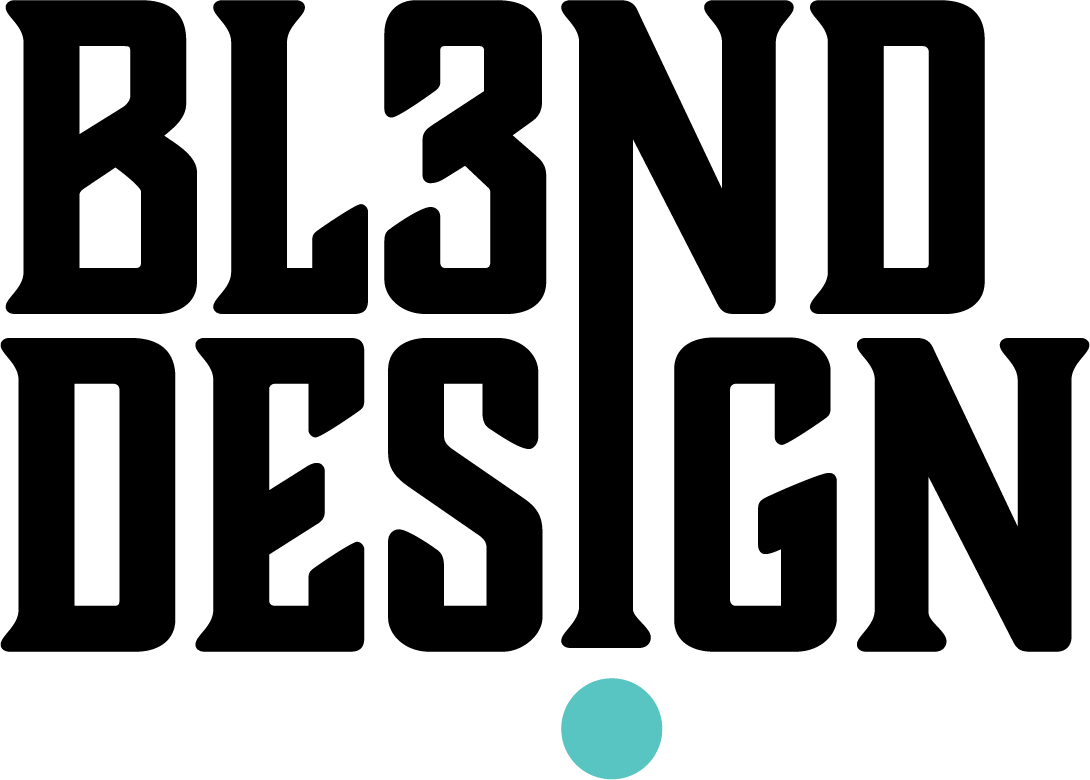
Read Graphic Design Blog
10 Best Practices to Build a Cohesive Microbakery Brand: Graphic Design, Logos, Packaging, Websites, Marketing & Analytics
Across the world, two industries dominate human civilization: energy for humans—the food we eat—and energy for machines—oil, gas, and electricity. In the food sector, one of the largest and most influential segments is wheat, grain, and flour. From these ingredients, humanity produces one of its most essential, beloved, and culturally…
Principles of Modular Graphic Design: How to Build Adaptive Brand Systems in a World of Continuous Rebranding
Today’s marketplace never stops moving. Consumer preferences shift continually, disruptive technologies emerge overnight, cultural norms evolve unpredictably, and businesses find themselves in an ongoing state of incremental rebranding. Executives and brand leaders face a challenging strategic landscape, where static visual identities quickly become outdated, costly to update, and difficult to…
2025 BC Culture Days Provincial Kickoff Event at The Reach Gallery Museum in Abbotsford on September 20, 2025 – Celebrating Arts, Heritage, and Community in British Columbia Canada
Bl3nd Design is proud to celebrate the announcement of the upcoming 2025 BC Culture Days Provincial Kickoff, taking place at The Reach Gallery Museum in Abbotsford, British Columbia, on Saturday, September 20, 2025, from 10:30 a.m. to 2:00 p.m. This event marks the beginning of Culture Days across BC and…
How to Write a Business Plan – A Fail-Safe 10-Step Logic Guide for Digital Creators, Entrepreneurs, Executives, and Brand Builders
Planning a business can feel like climbing a mountain blindfolded. There are endless tools, templates, and opinions — but most miss the point. A great business plan isn’t about jargon or page counts. It’s about applying universal logic to an idea, turning stress into structure, and guiding you from spark…
Filming in Burnaby: Locations, Studios, Permits, and Why It Matters to Local Businesses and Creative Professionals Across Metro Vancouver, the Lower Mainland, and Fraser Valley
At Bl3nd Design, our work is grounded in clarity, structure, and strategic visual communication. We’re a Fraser Valley-based graphic design agency services company located in Abbotsford, and we often collaborate with clients and partners throughout the Lower Mainland. In the course of our regional work, we’ve observed how different cities…
Campgrounds in British Columbia – How the Best Campsites Utilize Graphic Design, Branding, and Marketing for User Intent, Personalization, Storytelling, and Value Proposition Transparency
British Columbia is a province of experiential magnitude—home to thousands of campgrounds ranging from minimalist wilderness enclaves to amenity-rich, family-oriented parks. Within this sheer abundance of choice, the modern traveler is no longer merely selecting a campsite—they are choosing a narrative to inhabit, a personal alignment with place, and a…
Adobe Rebrands with New Logo, Wordmark, Colours & Guidelines — Quietly, Confidently, and Without Breaking What Already Worked
When a company as iconic and omnipresent as Adobe updates its visual identity, you’d expect to see headlines. But in early 2025, Adobe rolled out a major rebrand — with virtually no fanfare. No flashy campaign. No loud reveal. Just a new logo and a sharpened brand system that arrived…
Scientists Discover New Colour ‘Olo’ Using Laser-Targeted M-Cone Stimulation: What It Means for Visual Perception, Branding Strategy, and the Future of Colour in Design
At Bl3nd Design, your friendly local graphic design agency based in the Fraser Valley of British Columbia, Canada, we live and breathe colour. Every project we touch begins with one simple but profound line of thinking: what emotion, mood, or feeling should this brand evoke the moment someone lays eyes…
What Is a Brand Playbook? And Why It’s Replacing Traditional Brand Guidelines
In today’s ever-evolving digital ecosystem, the traditional idea of branding is being rewritten—and we’re here for it. At Bl3nd Design, we’re not just another local graphic design agency. We’re brand builders, storytellers, and strategic creatives who believe that in the age of Web 3.0, emerging media, immersive content, and decentralized…
Graphic Design for Contractors: The Benefits of a Uniquely Distinct Colour Palette, a Creative and Memorable Brand Name Neologism, and Customer-Centric Marketing Systems
Are you looking for graphic design, branding, and marketing development for your local contracting services company in Metro Vancouver, the Lower Mainland, or the Fraser Valley? Because this is the article for you. No matter what type of contracting company or contractor services you provide, this comprehensive branding and marketing…
Emblème by Otherwhere Collective: A Game-Changing NFT-Like Kinetic Branding System in One Font File
Branding has always been a complex process, requiring businesses and designers to manage separate files for logos, typography, icons, animations, and other brand elements. This fragmentation often leads to inefficiencies, inconsistencies, and difficulties maintaining a unified identity across print, web, and motion applications. Emblème by Otherwhere Collective introduces a revolutionary…
What is the World Brand Design Society (WBDS) Global Ranking System and Awards?
The World Brand Design Society (WBDS) Global Ranking System and Awards serve as one of the most respected benchmarks for creative excellence in branding, packaging, and visual identity design. These rankings honor the most awarded and influential agencies, in-house design teams, independent creatives, and educational institutions shaping the global design…
BC Craft Beer Industry: How Graphic Design, Branding, and Clear Value Propositions Can Rebuild Product Segment Utility and Consumer Value Perception
British Columbia’s craft beer industry has grown from a grassroots movement into a sophisticated sector. Once driven purely by passion and creativity, today’s breweries must navigate market saturation, shifting consumer expectations, and increasing competition—not just from other craft breweries, but from non-alcoholic beverages, ready to drink (RTD) brands, and even…
What is Google Alerts and How to Use it For Business Intelligence, Marketplace Analysis, and Brand Monitoring
In an era defined by rapid technological evolution and an ever-expanding digital landscape, staying informed and strategically ahead is more important than ever for businesses. Google Alerts stands out as a dynamic, free tool that empowers organizations to monitor the vast web ecosystem for valuable insights. For graphic design agencies…
How Much Does Graphic Design Cost, What Is Your Agency Hourly Rate, and Why Is Design Consulting Often the Best Place to Start
At Bl3nd Design, one question consistently dominates the conversations we have with potential clients: “How much does graphic design cost, and what is your agency hourly rate?” This question cuts to the core of what businesses care about—transparency, results, and value. As a graphic design agency with a focus on…
2025 Marketing Calendar for Retail Sales and Promotional Dates
At Bl3nd Design, we are thrilled to present the 2025 Marketing Calendar, a comprehensive guide designed to align your social media, marketing, and ecommerce campaigns with key dates and events worldwide. This year’s edition builds upon the success of our 2024 Marketing Calendar, which was an incredible hit thanks to…
2025 Trends in Graphic Design, Branding, Logos, and Illustration
As we approach 2025, the creative industry is set to experience some of the most transformative changes in its history. These changes are driven by rapid technological innovation, evolving consumer expectations, and a heightened emphasis on sustainability, inclusivity, and personalization. At Bl3nd Design, our commitment to data-driven design, strategic iteration,…
Why Graphic Design Agency Case Studies, Client Testimonials, and Customer Reviews Are Only Useful for Project Onboarding With Contextual Semantics and Transparency
Finding the best local graphic design agency services company for your personal goals and business objectives is an important decision, often influenced by case studies, client testimonials, and customer reviews. These tools can provide valuable insight, but their true utility comes during new project onboarding, where context, transparency, and semantics…
BC Forestry Industry: How Graphic Design, Branding, and Culturally Relevant Marketing Can Revitalize British Columbia
The BC Forestry Industry is more than just an economic driver for British Columbia—it’s part of the province’s DNA. For over a century, forestry has shaped BC’s economy, defined its culture, and provided essential materials for homes, infrastructure, and industries worldwide. However, this once-mighty sector faces a severe crisis: mill…
What Makes a Brand Timeless? How to Create and Design Brands That Endure
In a world where trends rise and fall at lightning speed, the idea of creating a brand that endures across generations is both challenging and inspiring. Timeless brands—those that remain relevant and emotionally resonant no matter the era—are rare but incredibly powerful. They become more than products or logos; they…
Graphic Design Principles: How to Train Your Eyes and Brain to See and Think Like a Graphic Designer
At Bl3nd Design, we believe that empowering business owners, product sellers, and organizational leaders to think like graphic designers is one of the most valuable services we can offer. By understanding how to see and think like a designer, you’ll be equipped to make more strategic decisions, collaborate effectively with…
How Can Graphic Design Decisions Be Subjective, Objective, Scientific, or Analytical, and What Are the Differences Between These Decision-Making Processes?
Every graphic design decision—whether about colors, layouts, or typography—shapes how your audience perceives and interacts with your brand. These choices carry significant weight, influencing everything from brand recognition to user engagement and conversion rates. However, the process behind these decisions isn’t always straightforward. Graphic design decision-making can be classified into…
Cognitive Speed, Thought Processing, and Articulation Are the Only Barriers to Graphic Design and Visual Communication
In today’s world, where anyone with a smartphone and AI tools can create professional-grade visuals in minutes, the barriers to graphic design have never been lower. The rapid evolution of artificial intelligence has transformed the creative process, making it faster, more accessible, and incredibly efficient. With a few clicks, thoughts…
Benefits of Joining the Canadian Home Builders’ Association (CHBA) Fraser Valley
The homebuilding industry in the Fraser Valley is growing and evolving, driven by businesses that contribute to expanding and enhancing the local housing market. However, for home builders, renovators, contractors, and service providers, keeping up with industry standards, regulations, and business opportunities can be daunting. The Canadian Home Builders’ Association…
How to Design a Text-Based Logo Mark With Unique Typography for Clear Memorable Branding
Creating an impactful, memorable logo is a foundational step for establishing a strong brand identity. Text-based logos—or wordmarks—use only typography, color, and layout to convey a brand’s personality and values. Without relying on icons or graphics, text-based logos require careful attention to design elements, where even small decisions around font,…
How to Find New Customers and Monetary Value in Competitive Markets with Google Bidding Exploration and Quirky Graphic Design
In today’s saturated business landscape, it’s increasingly challenging for local companies in Abbotsford and the Fraser Valley to attract new customers and stand out. Traditional digital marketing methods often fall short in highly competitive markets where businesses are vying for visibility and customer attention. To break through the noise, innovative…
Wayfinding Graphic Design: Multicultural and Disability Friendly Signage in Metro Vancouver, the Lower Mainland, and Fraser Valley
Design is often associated with creativity, aesthetics, and branding, but there’s one critical element that’s deeply rooted in practicality—wayfinding. Wayfinding is the unsung hero of design, a discipline that is functional, clear-cut, and crucial to how people interact with physical spaces. As experts Patrick Eley and Alan Stevenson point out…
What is Design Thinking, and How to Use It for Logo Design, Branding, and Graphic Design
At Bl3nd Design, we understand that design is about much more than creating something visually attractive. It’s about solving problems, communicating ideas, and forging emotional connections. As a graphic design agency based in Abbotsford, Fraser Valley, British Columbia, we serve clients locally, regionally, nationally, and globally. Whether designing logos, developing…
How to Use a Scientific Approach for Graphic Design Strategy and Iteration in Business
In today’s competitive business landscape, a visually compelling and strategically sound graphic design can be the linchpin of a brand’s success. The traditional methods of graphic design, often rooted in subjective aesthetics, are evolving. More and more brands are integrating scientific approaches into their design processes to ensure that their…
Guide to Accessible, Inclusive, and Disability-Friendly Graphic Design
In Metro Vancouver, the Lower Mainland, and the Fraser Valley, small local businesses have an incredible opportunity to connect with diverse and growing communities. However, this also comes with the challenge of ensuring that your visual communications are accessible, inclusive, and disability-friendly. These design principles are no longer optional—they’re essential…
Small Business Branding: Why Owning a Unique Word and Color Palette Is Fundamental
In today’s hyper-competitive business landscape, particularly in regions like Abbotsford and the broader Fraser Valley of British Columbia Canada, standing out is no longer optional—it’s essential. For small businesses, branding is the critical element that defines success. While many focus on product quality and pricing, there’s another dimension that often…
Why Anticipatory Design Powered by AI, Machine Learning, and Big Data Doesn’t Work for Every Business
In today’s highly competitive digital world, businesses are racing to offer the best possible user experiences. To achieve this, many are turning to anticipatory design, a strategy that uses Artificial Intelligence (AI), Machine Learning (ML), and Big Data (BD) to predict customer needs and deliver personalized experiences. The idea is…
Circle to Search, Visual Image Search, and Layered 3D Product Displays
In the rapidly evolving landscape of digital marketing, businesses must continuously adapt to new technologies and customer behaviors. One of the most significant recent developments is the rise of image-based search tools like Google’s “Circle to Search” on Android devices and Google Image Search. As consumers increasingly rely on visual-based…
Business Websites and Social Media Are Not Marketing and Sales: Here’s Why
In today’s digital age, there’s a prevailing belief among many business owners that simply having a website and social media presence automatically equates to effective marketing and sales. At Bl3nd Design, a leading graphic design agency in the Fraser Valley of British Columbia, Canada, we frequently encounter this misconception. While…
Guide: How Trends Are Created Through Identity Signaling Theory
In the digital age, where cultural shifts happen at the speed of a tweet and trends emerge seemingly overnight, understanding the underlying mechanisms that drive these phenomena is more important than ever. Why do certain ideas, products, or behaviors capture the public’s imagination while others fail to gain traction? The…
What is ‘Taste of Abby’ and How to Get Results For Your Local Business
As summer gently fades and the cool embrace of autumn arrives, Abbotsford bursts into life with the vibrant and flavorful Taste of Abby Festival. Organized by Tourism Abbotsford, this annual event is much more than a food festival—it’s a vital platform for local businesses in the food and beverage industry…







